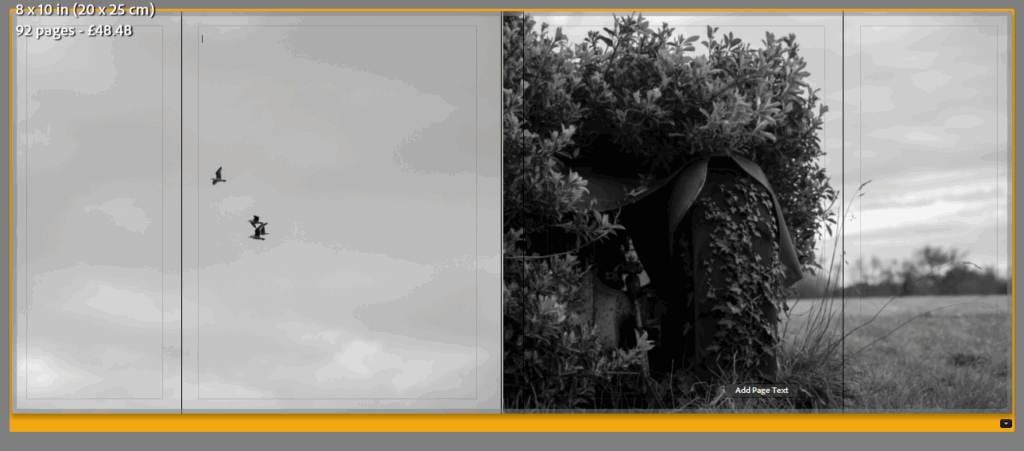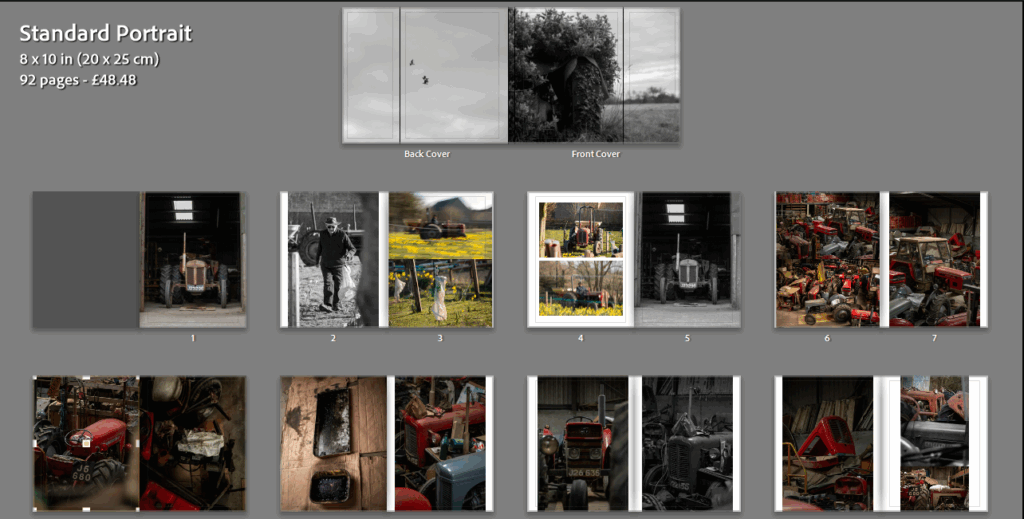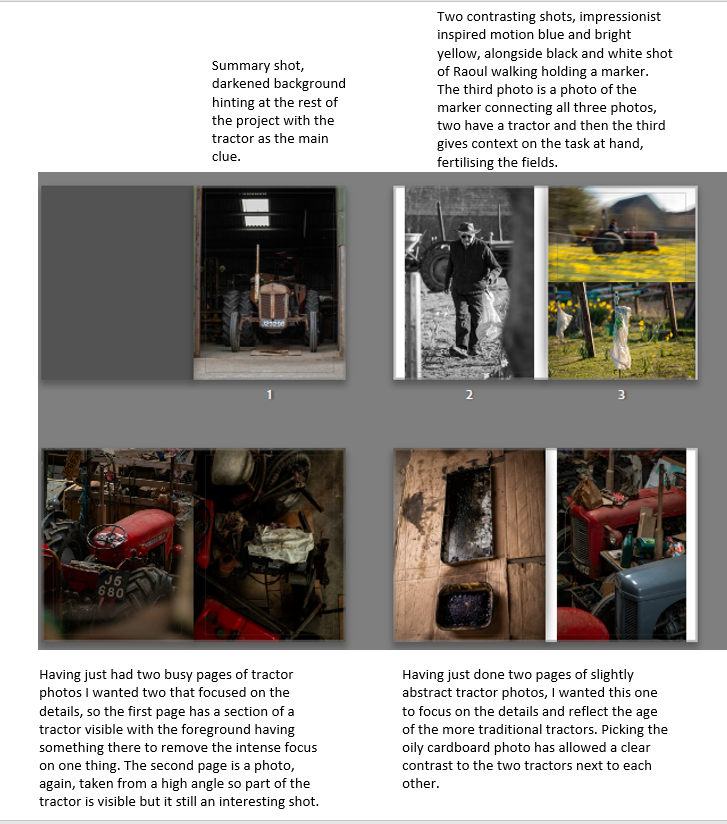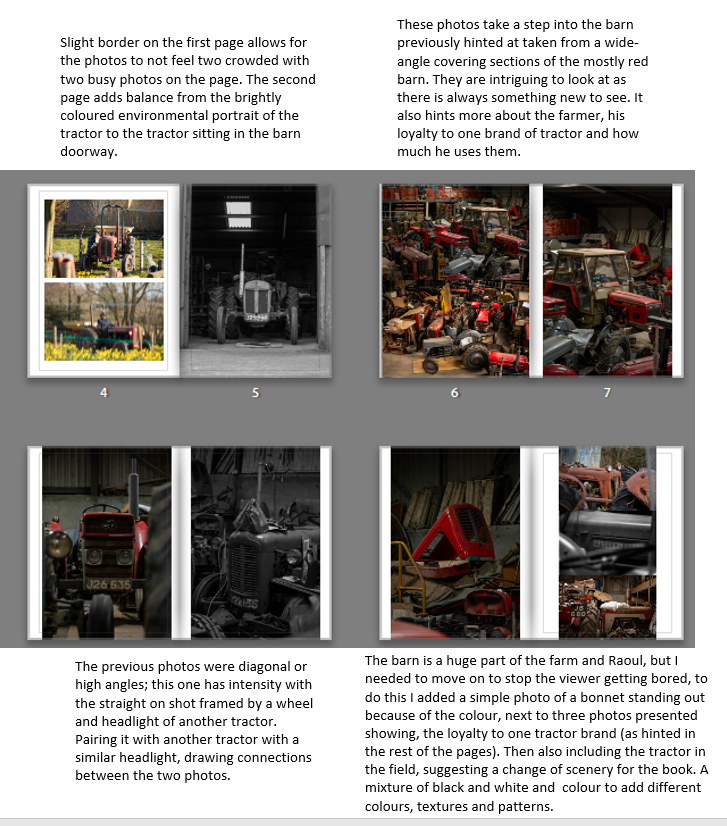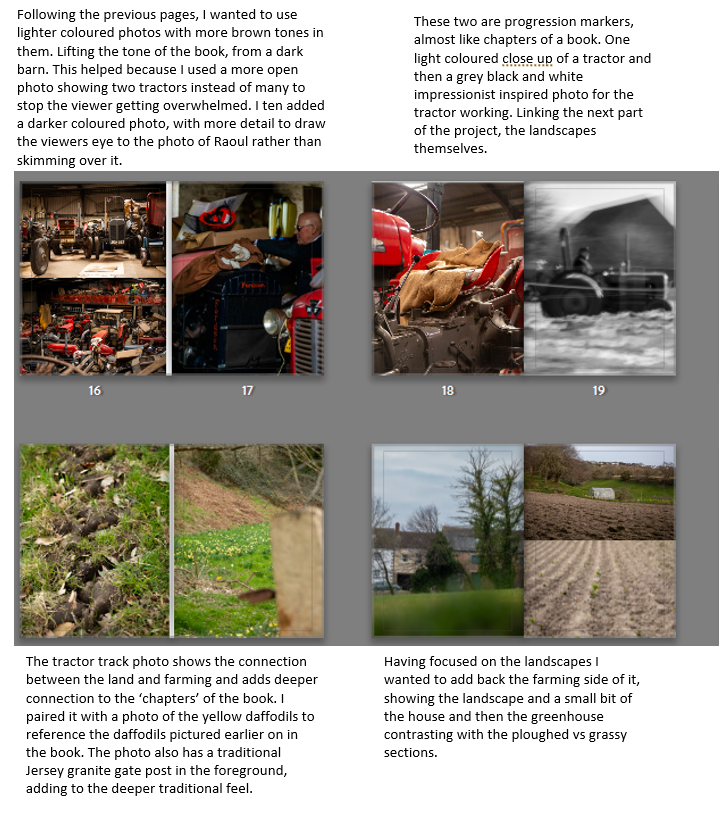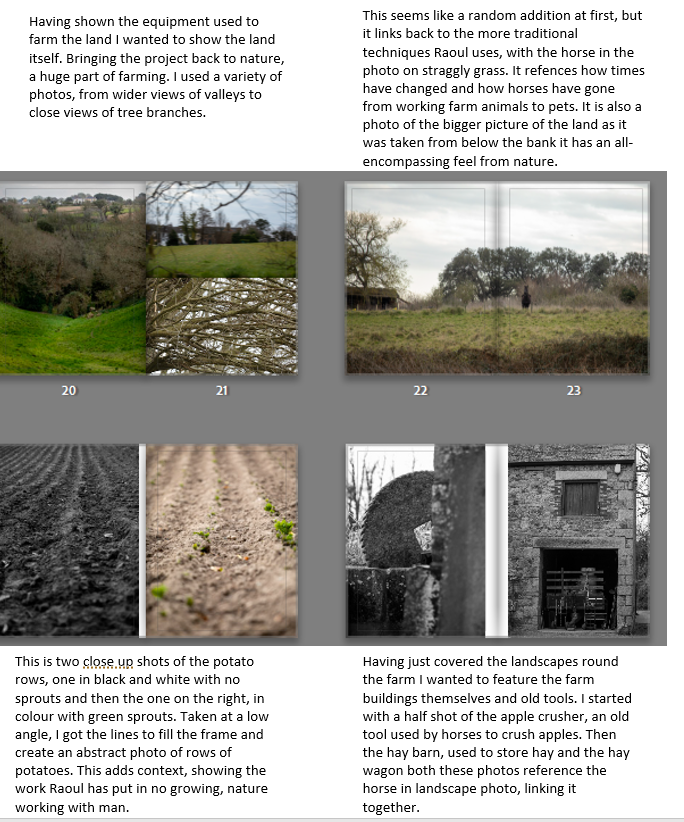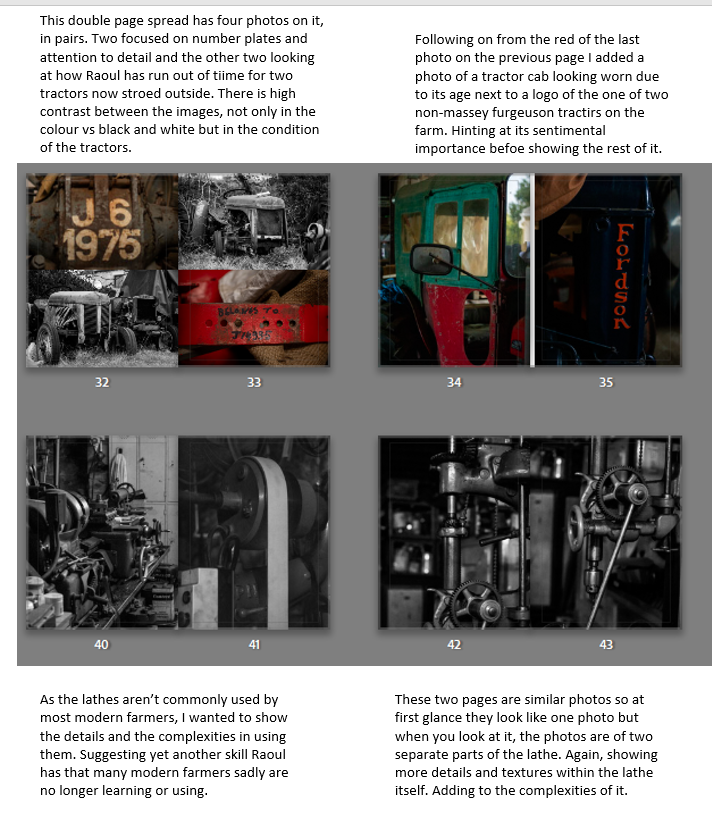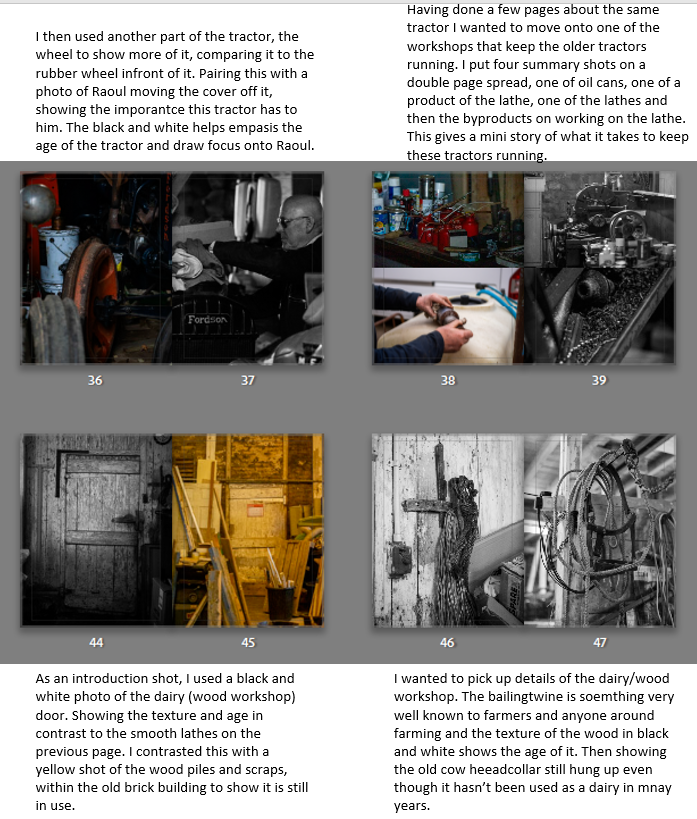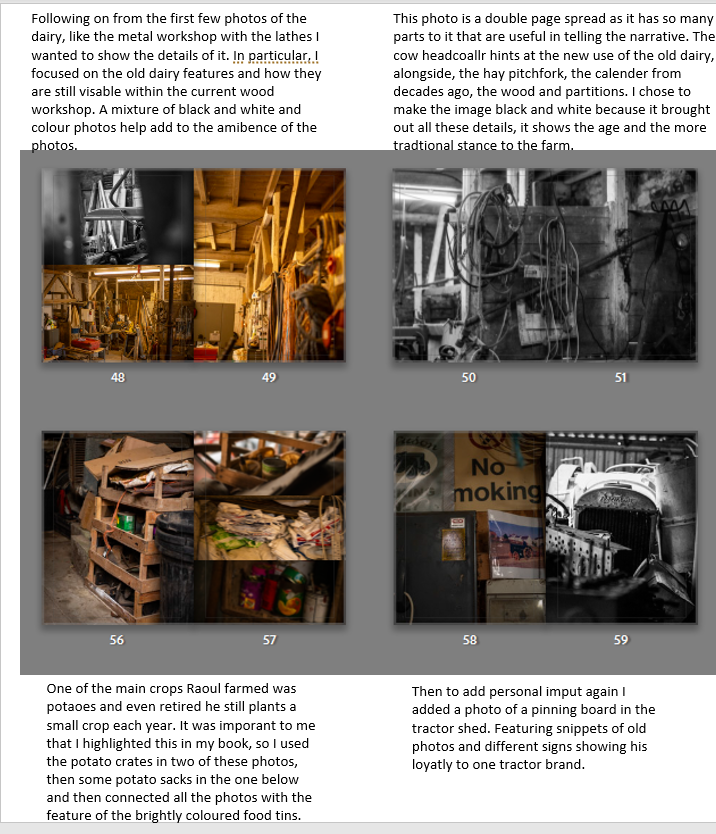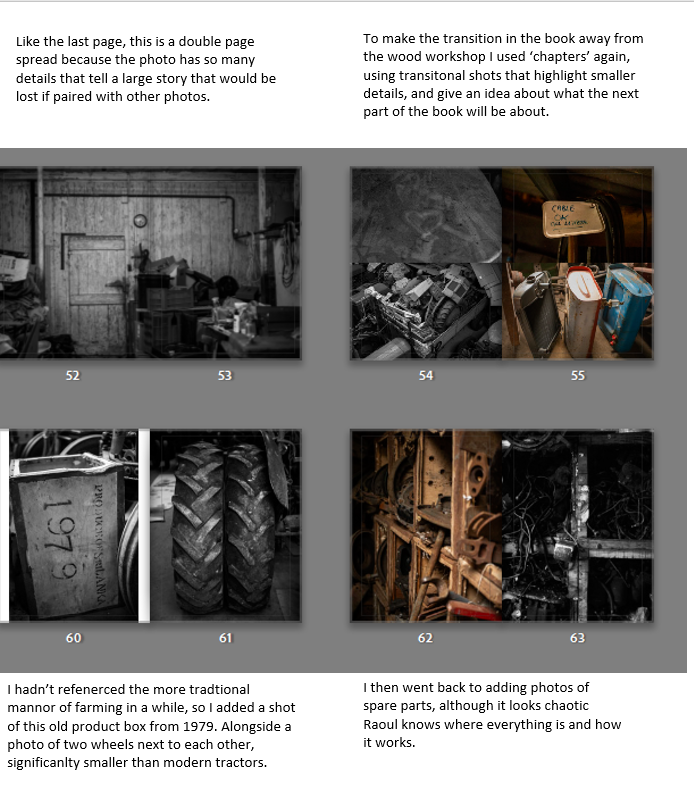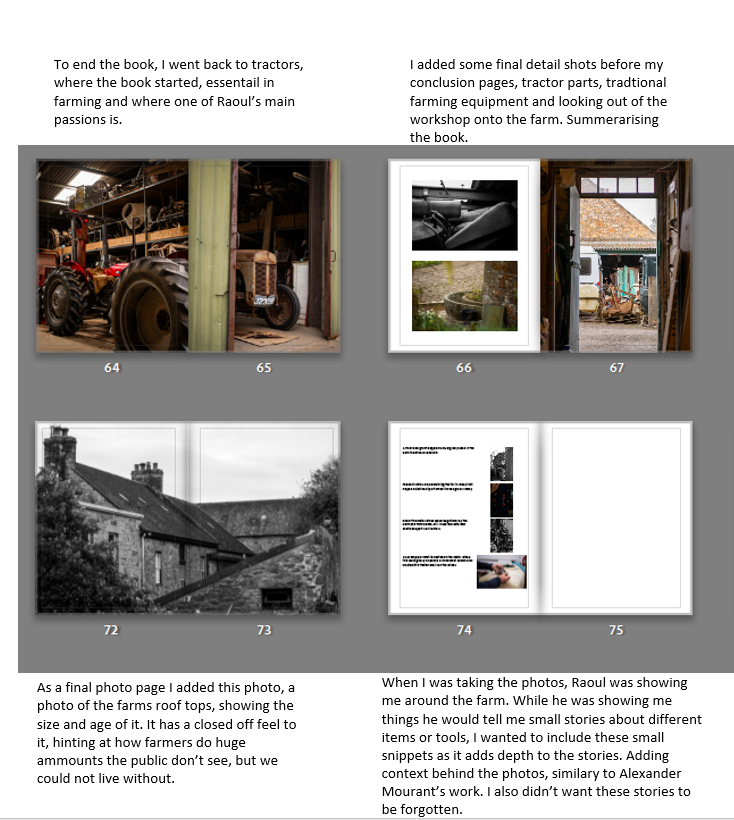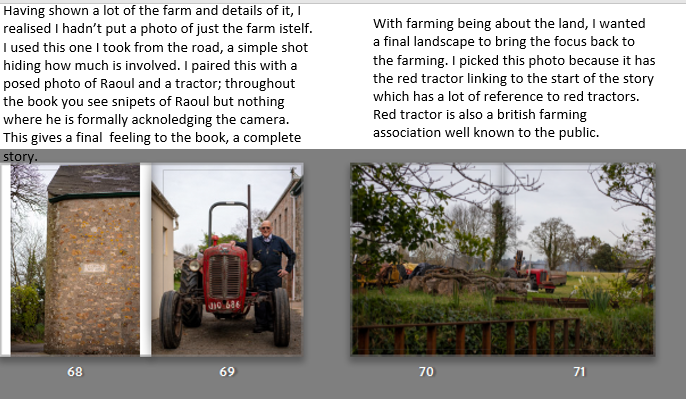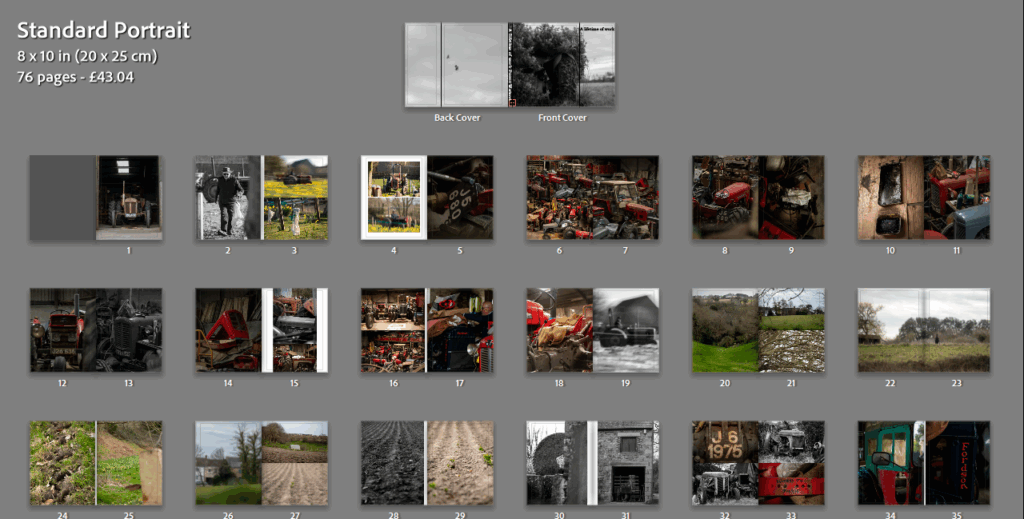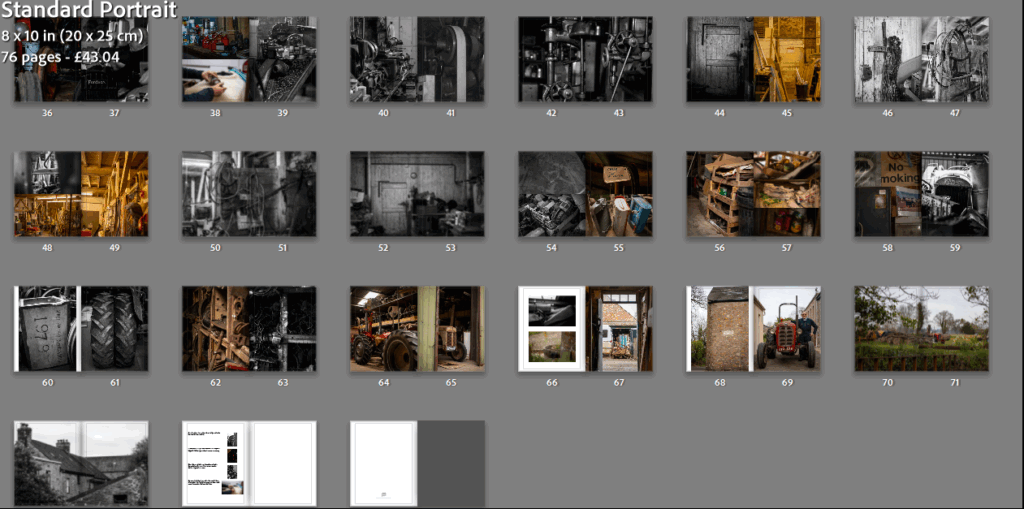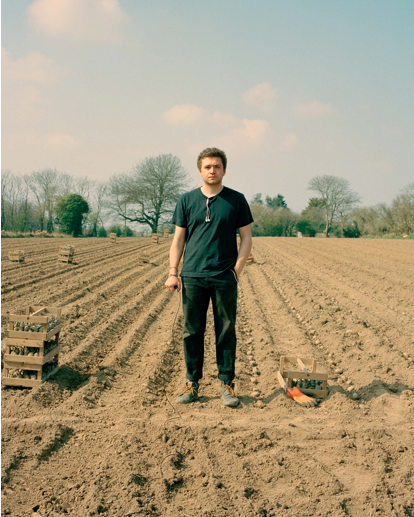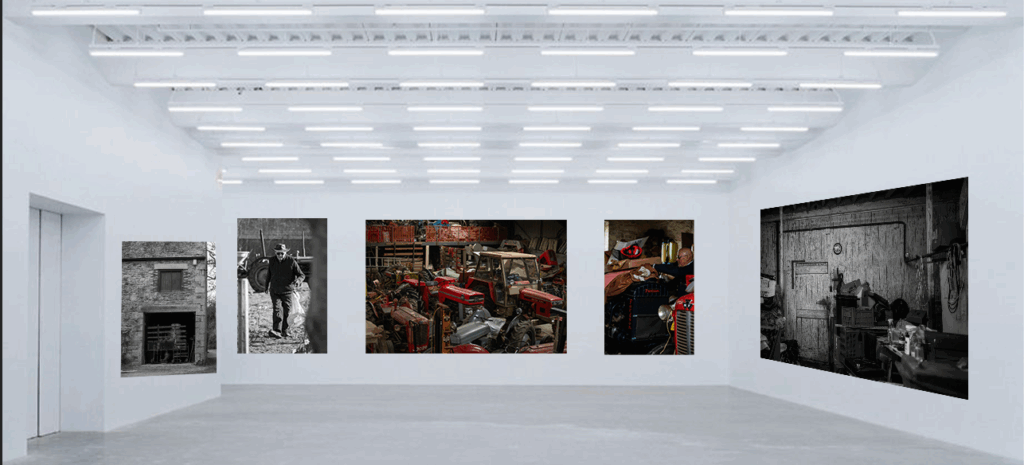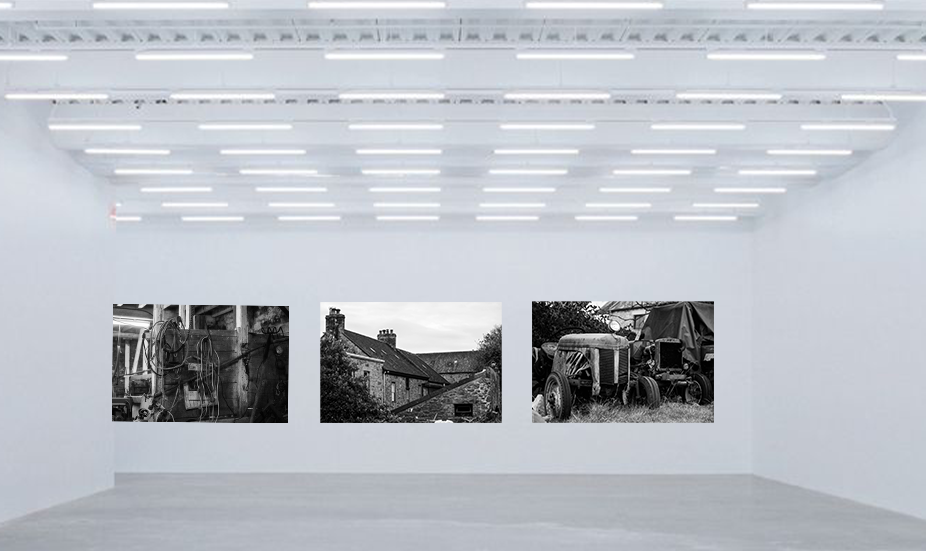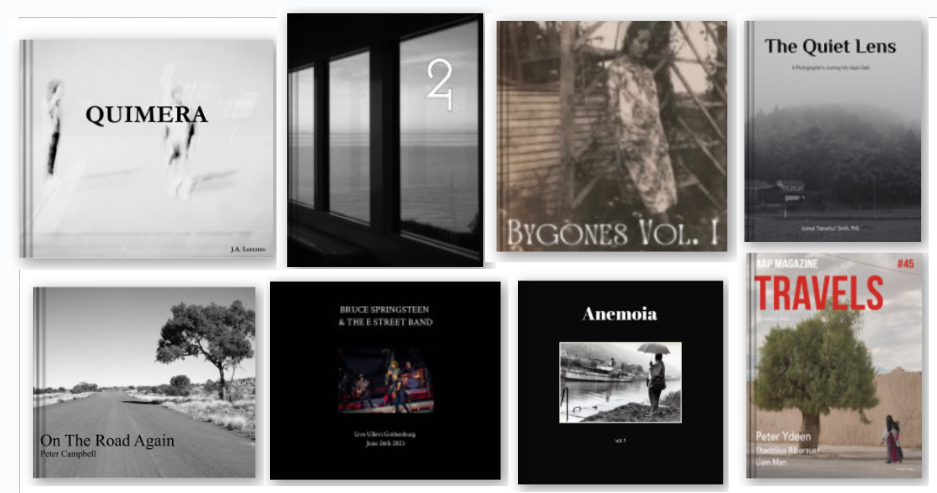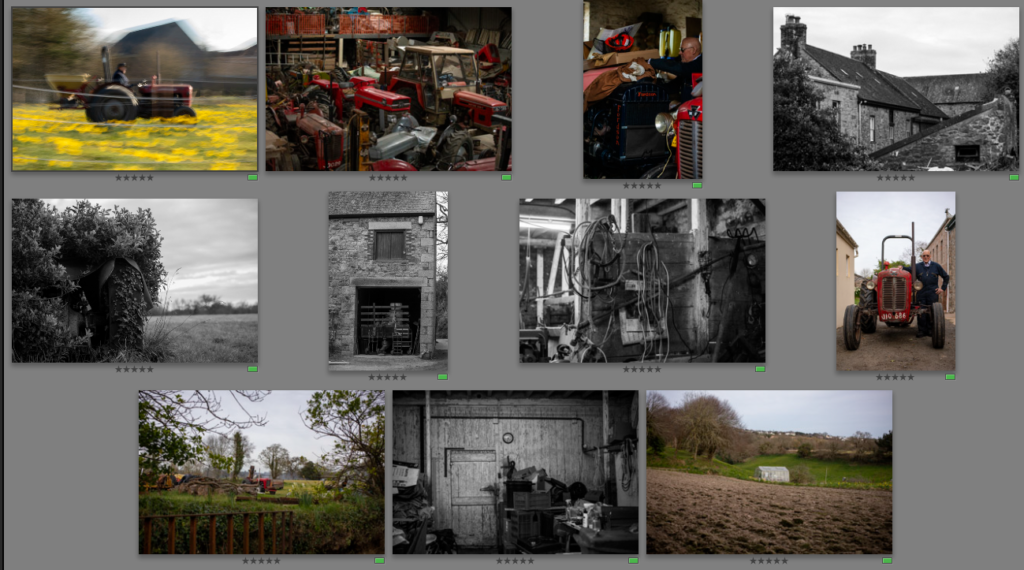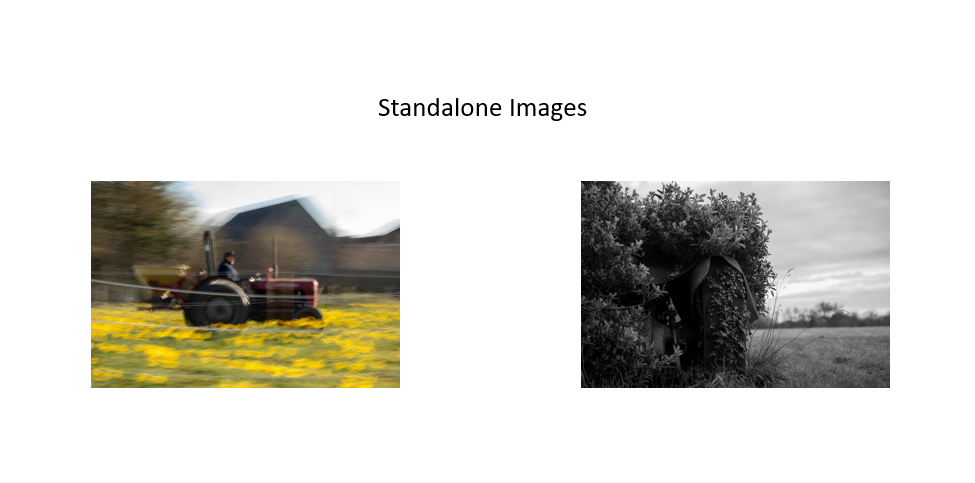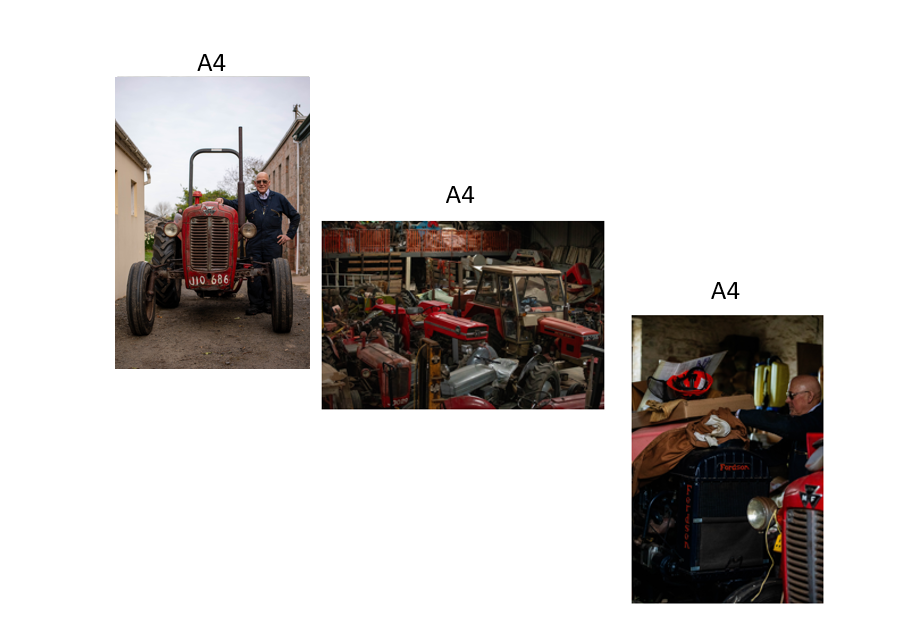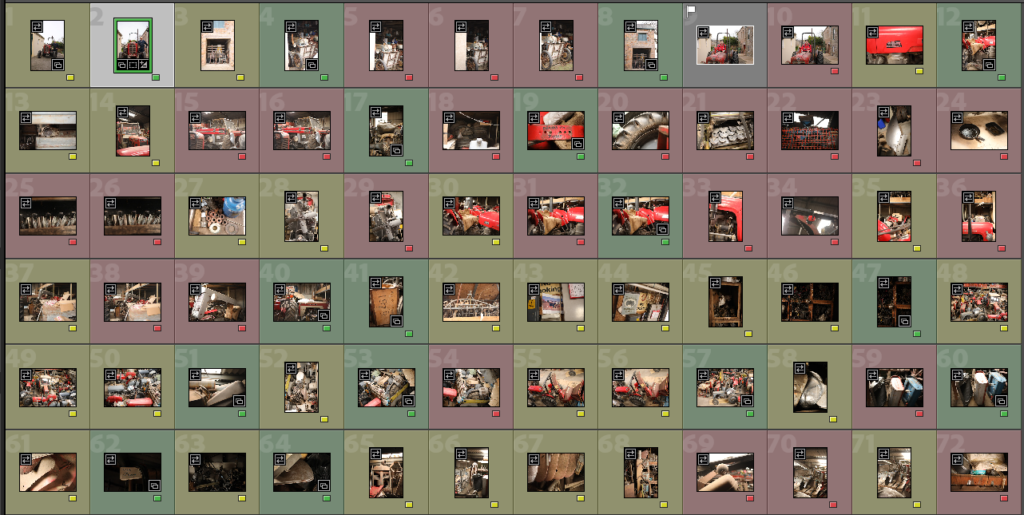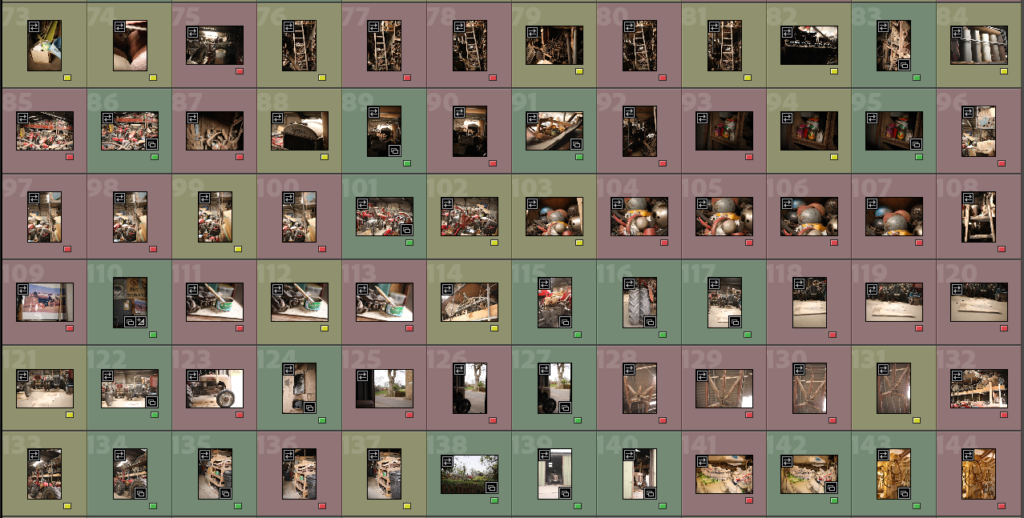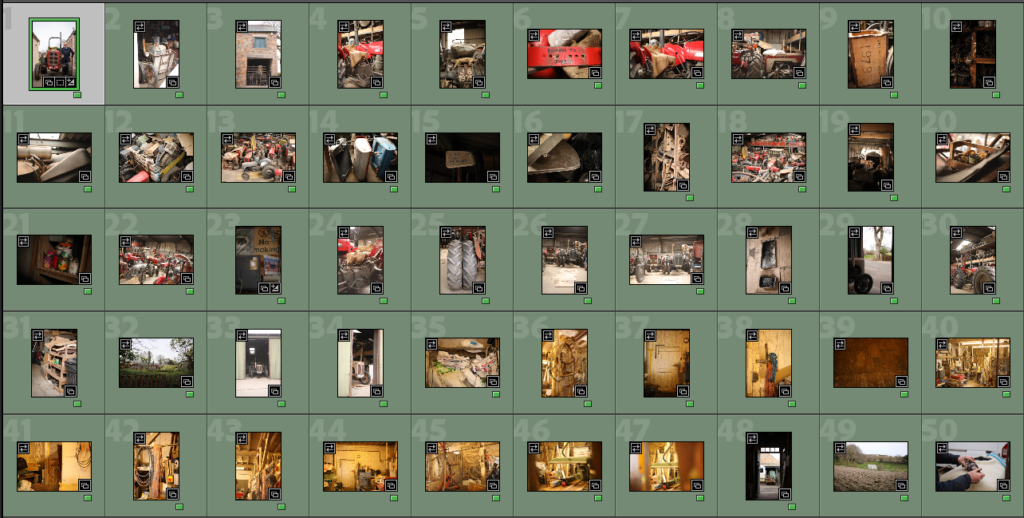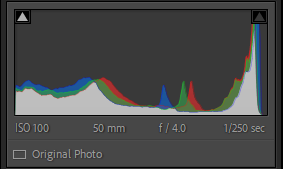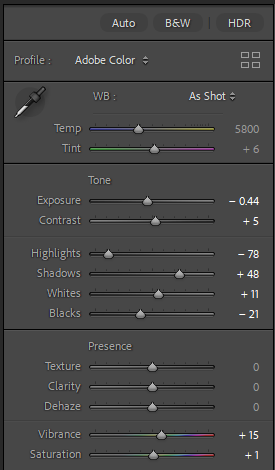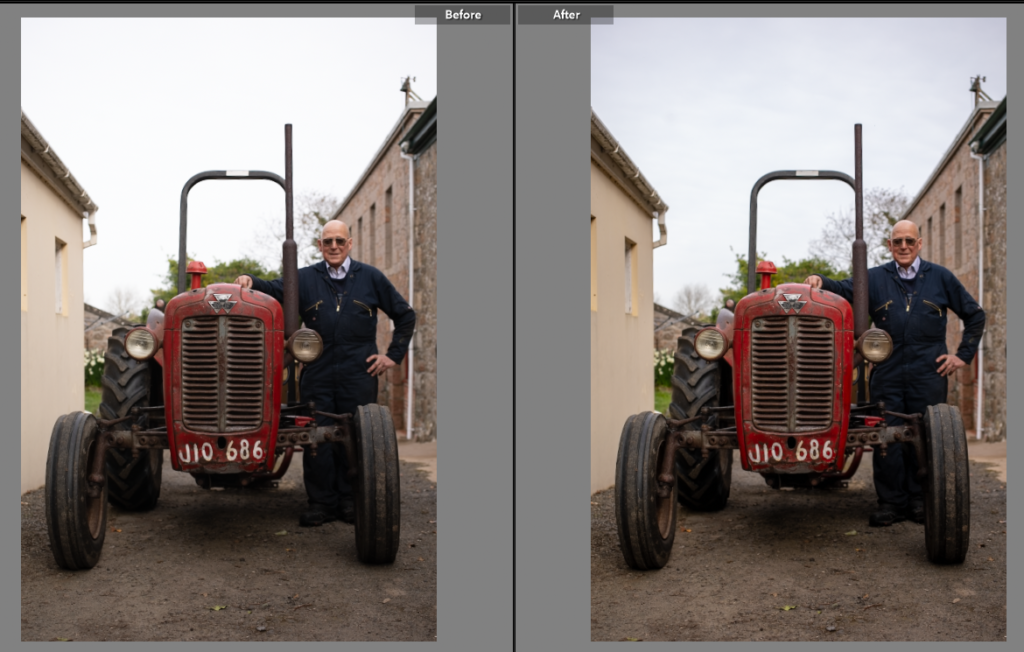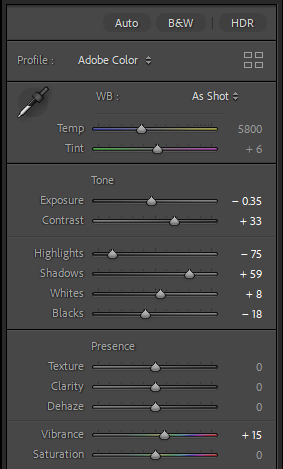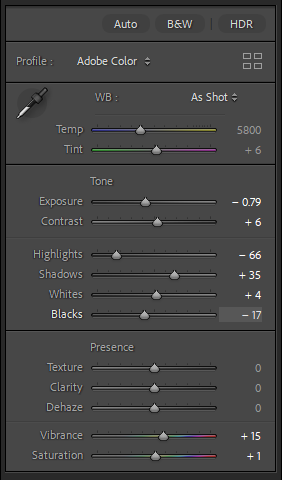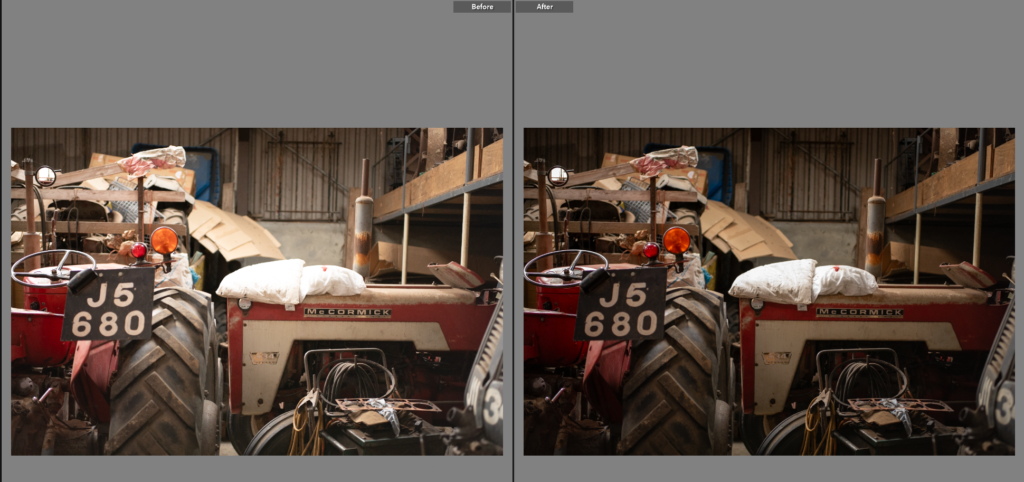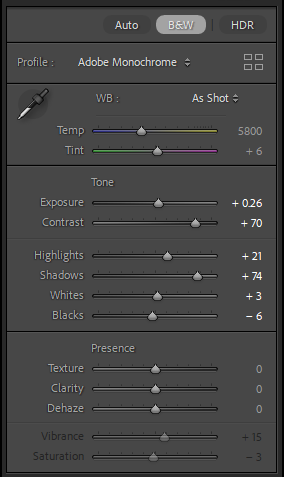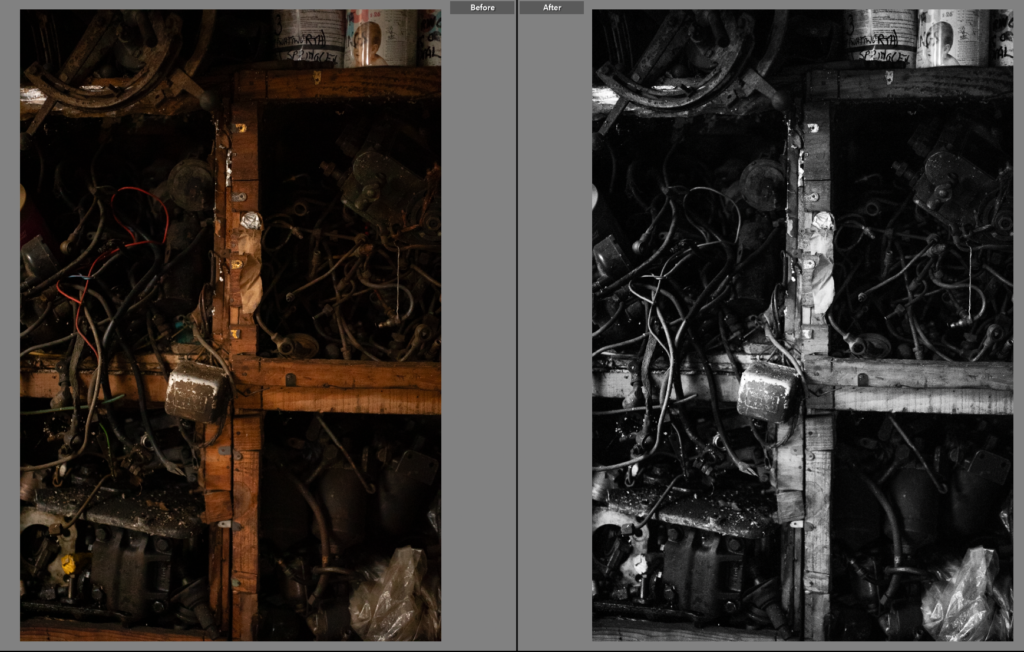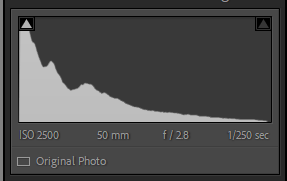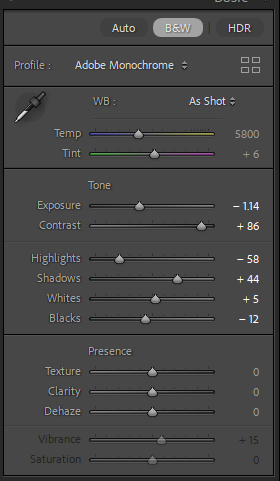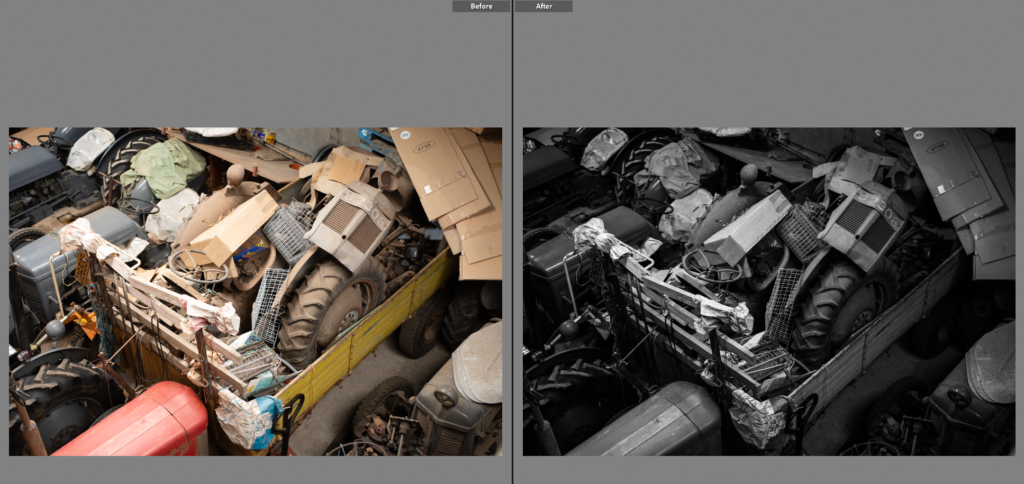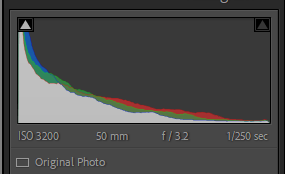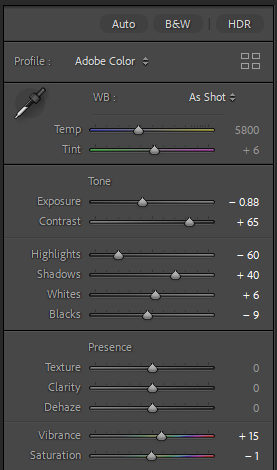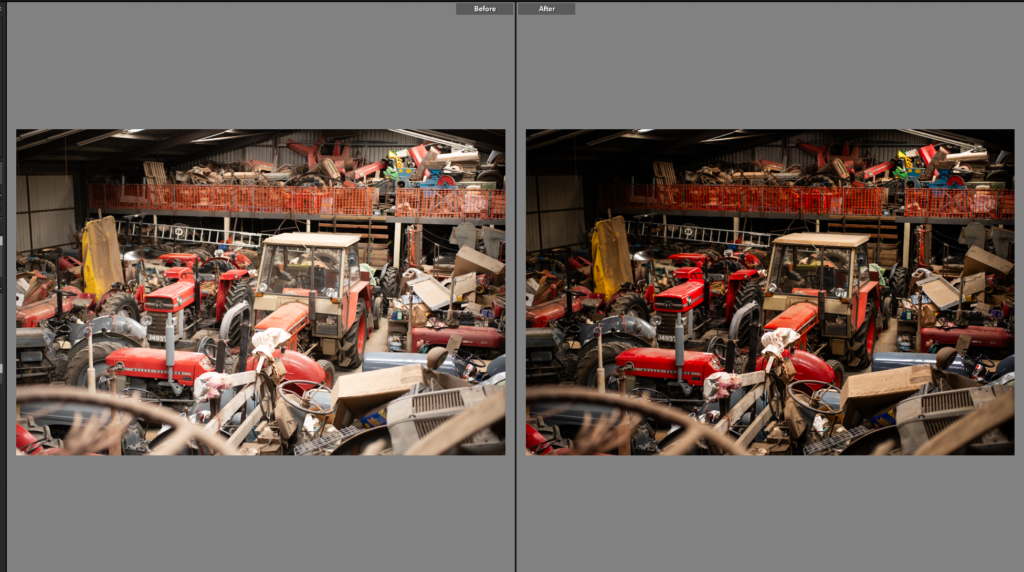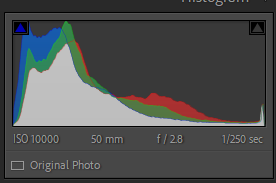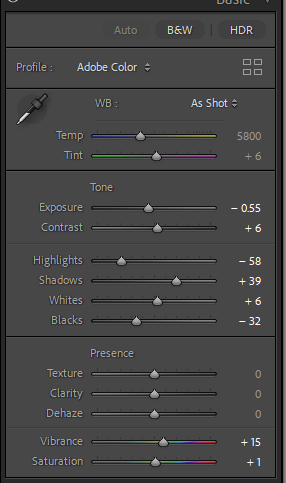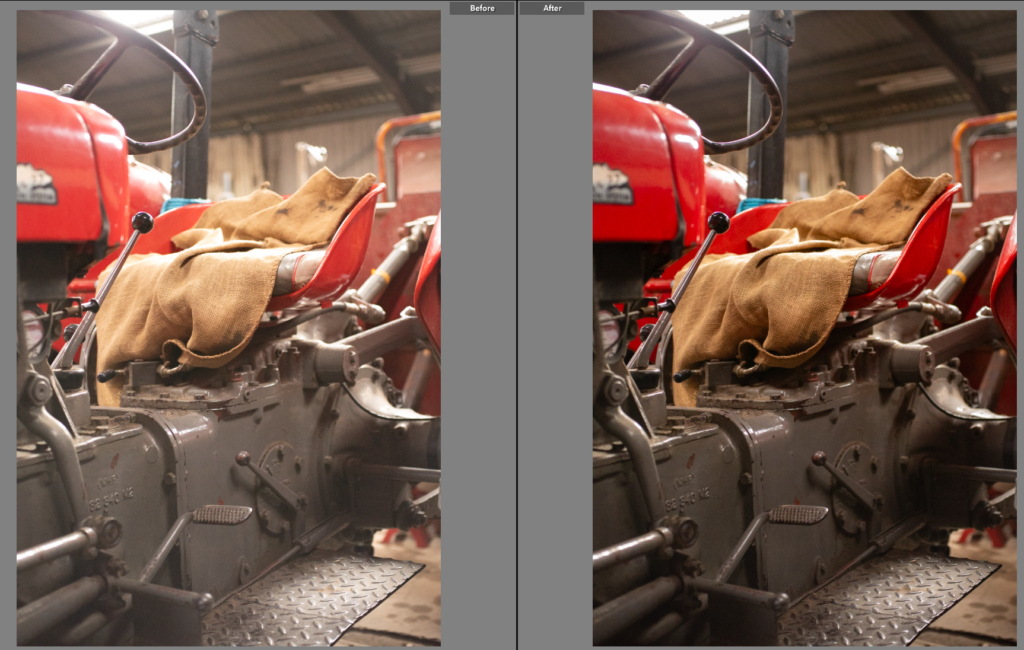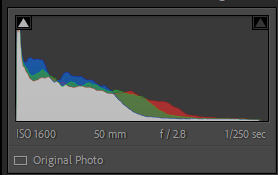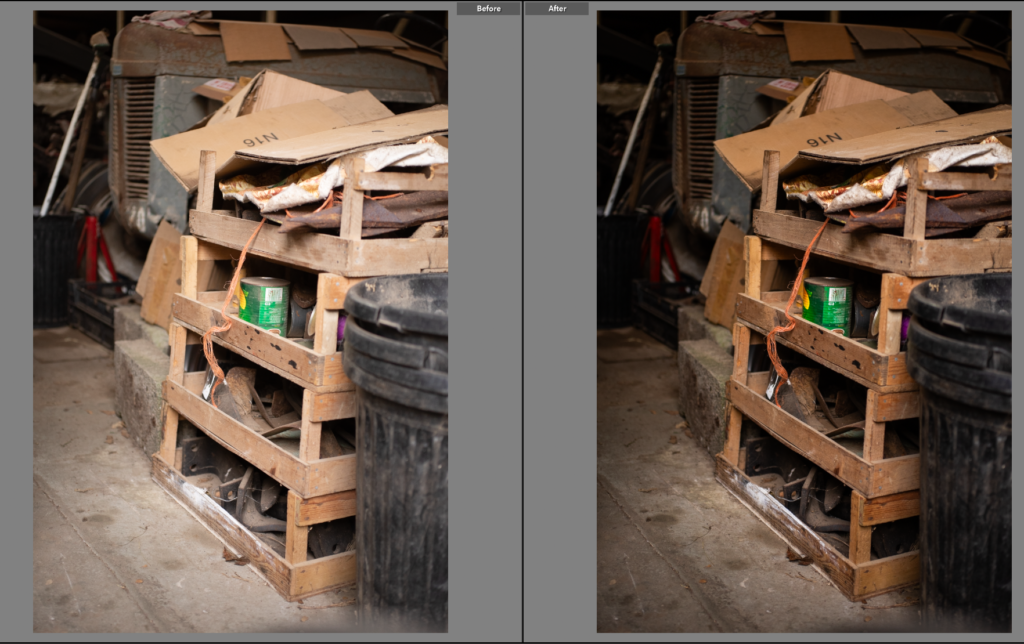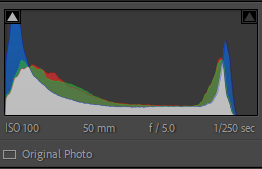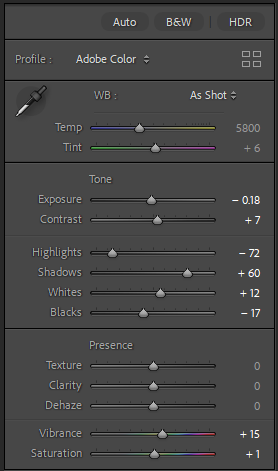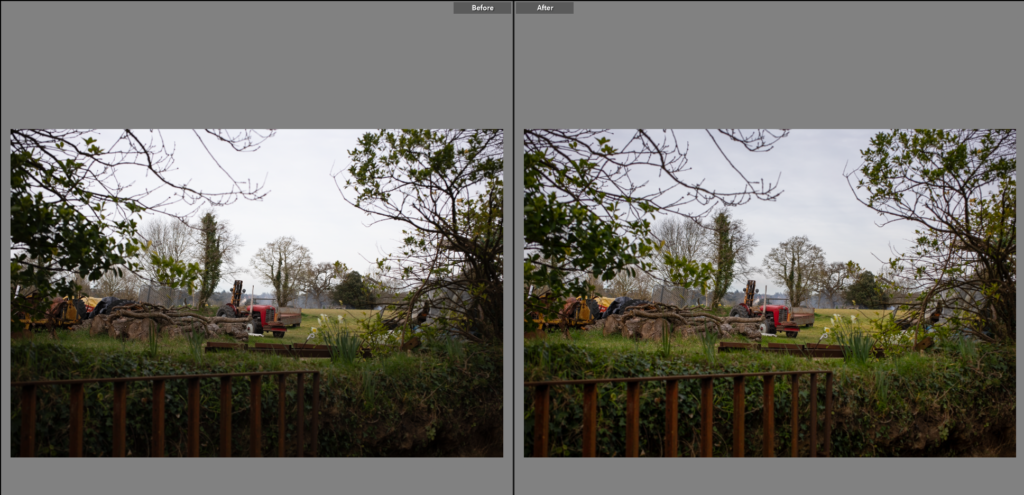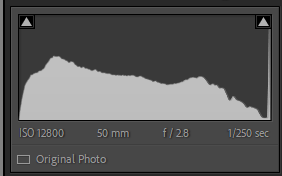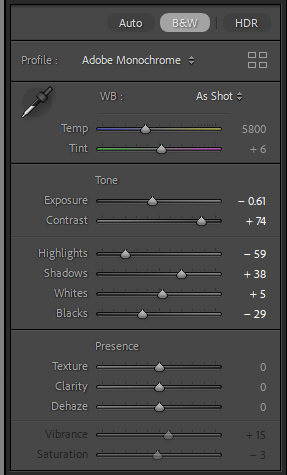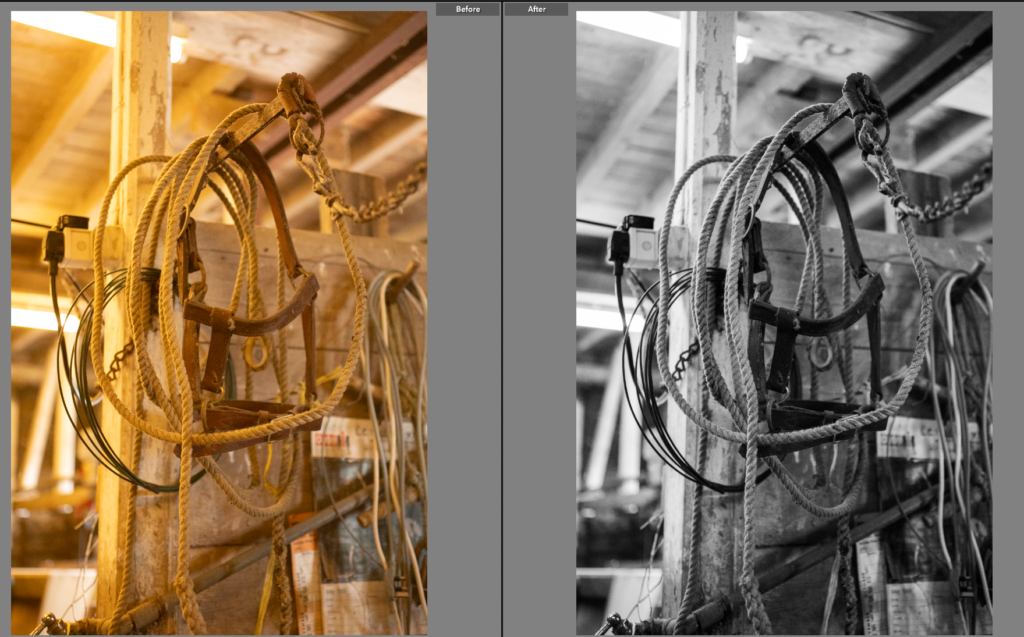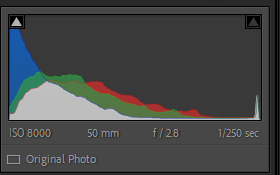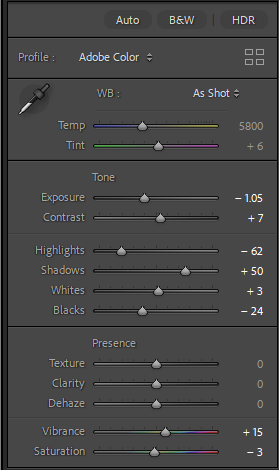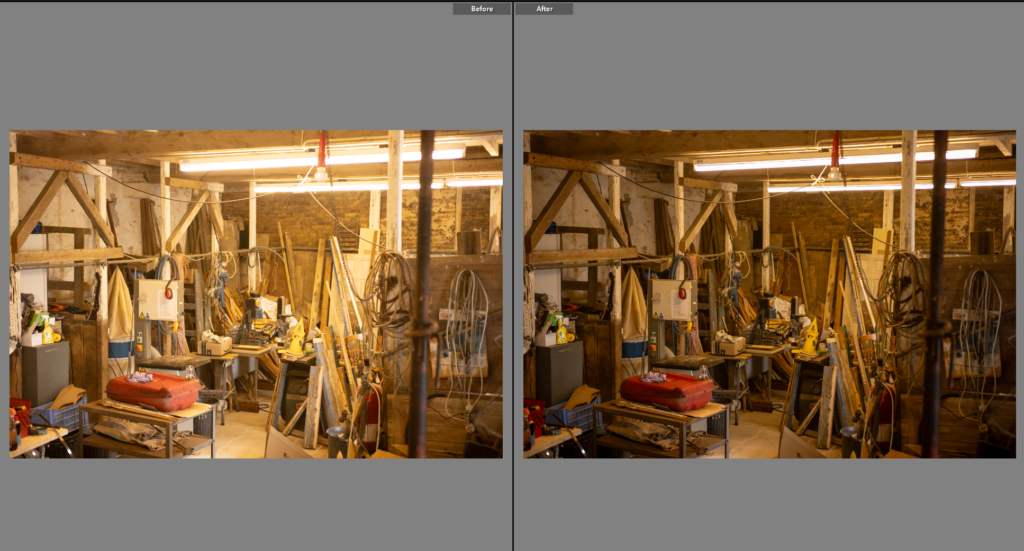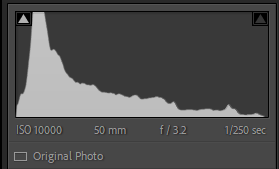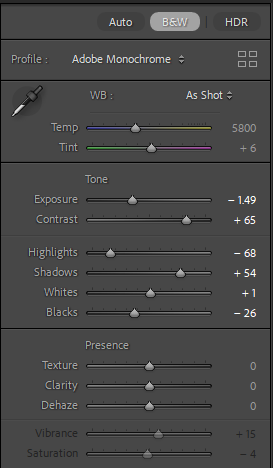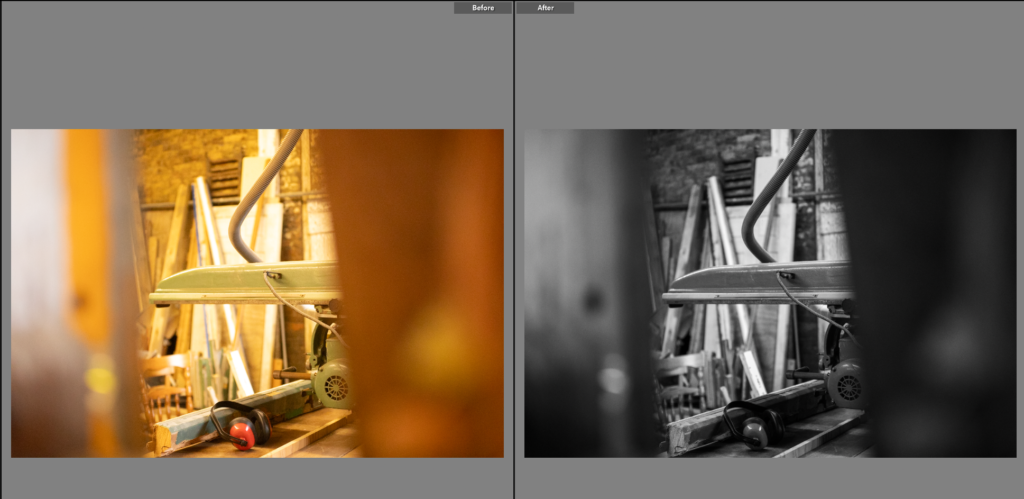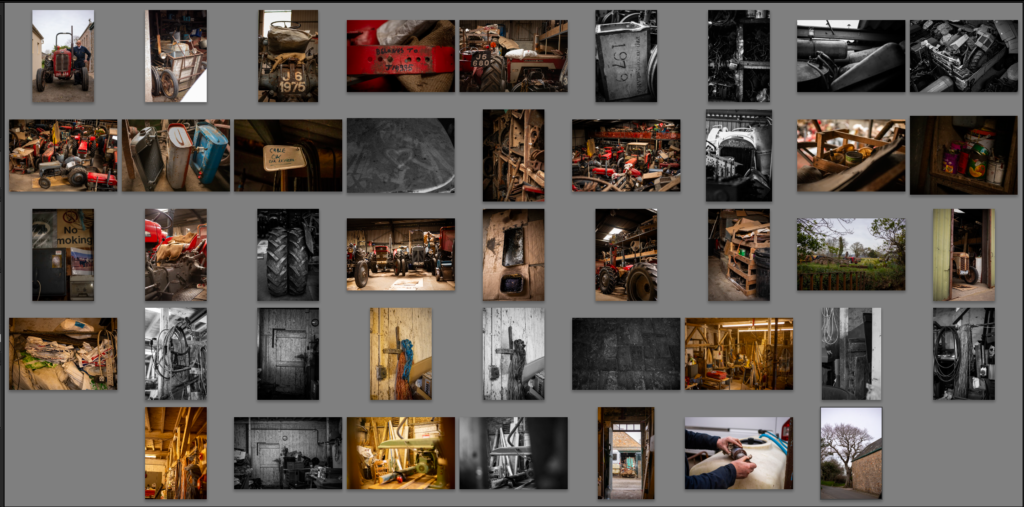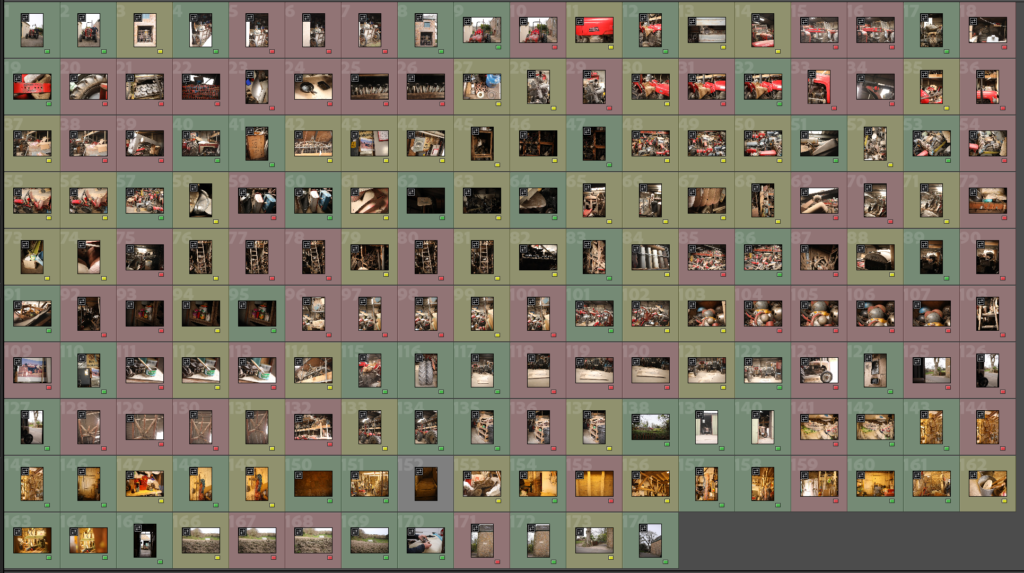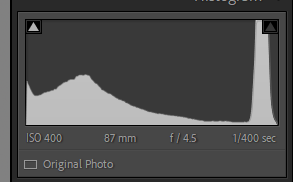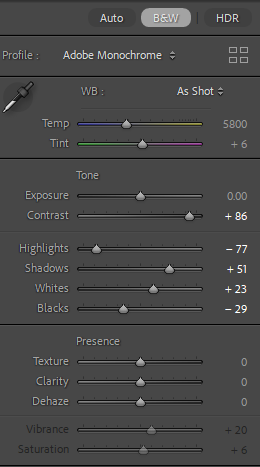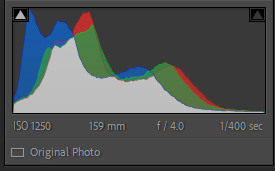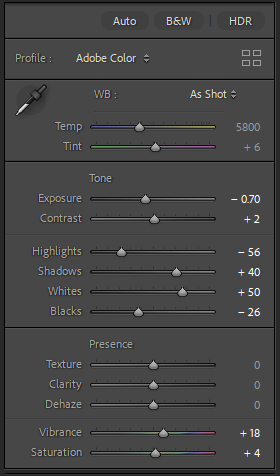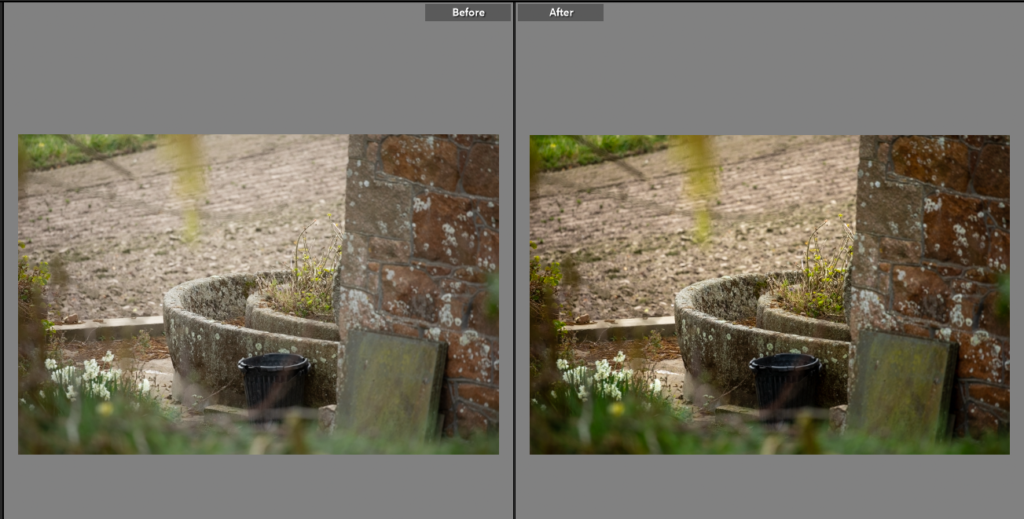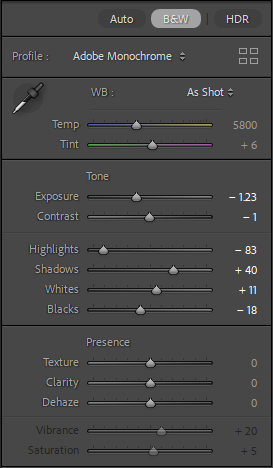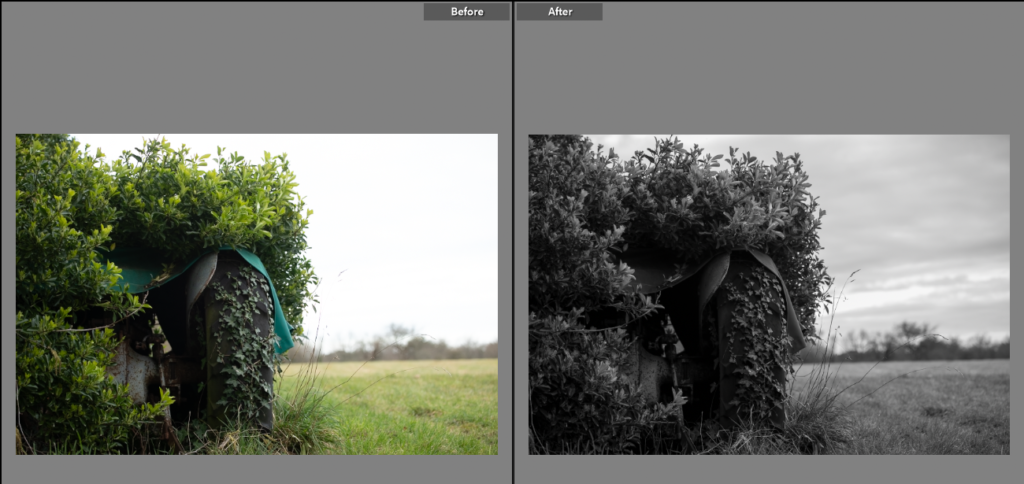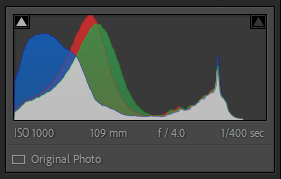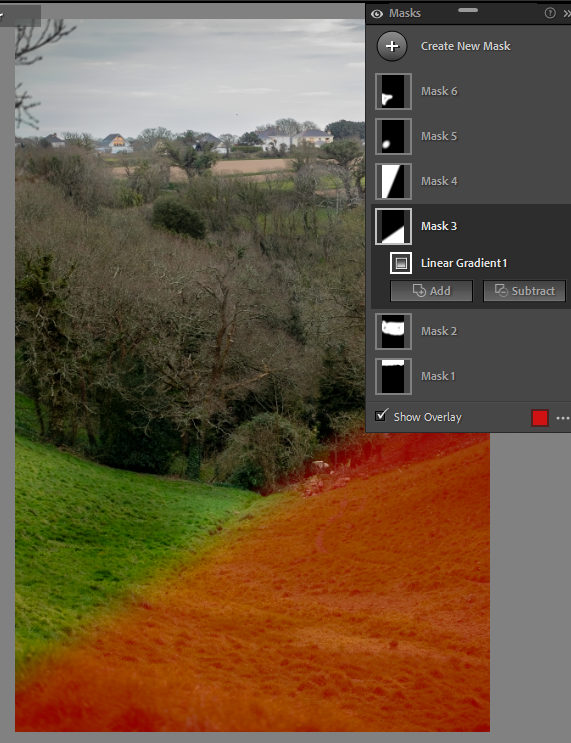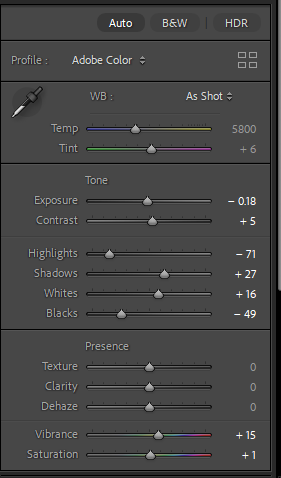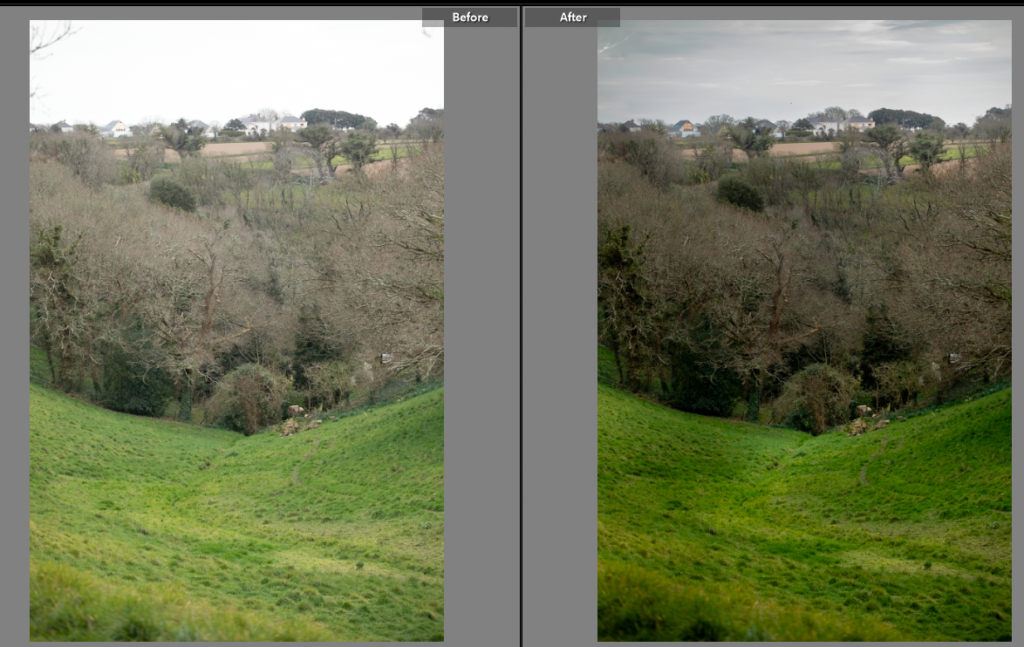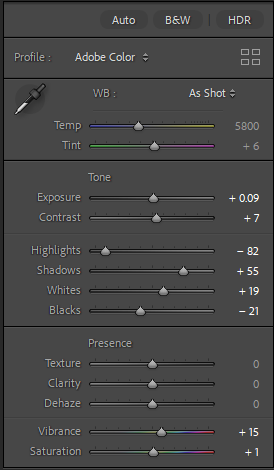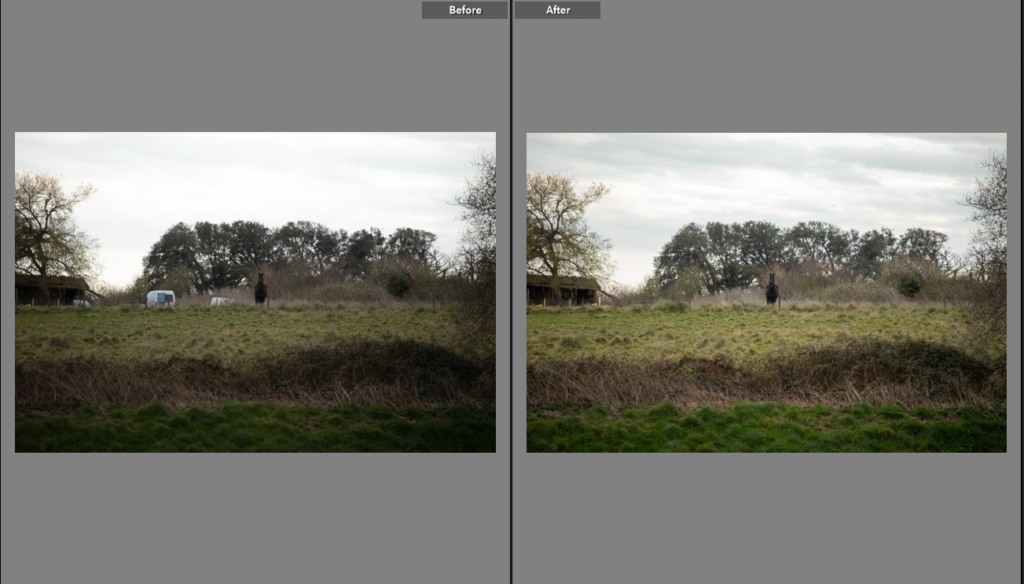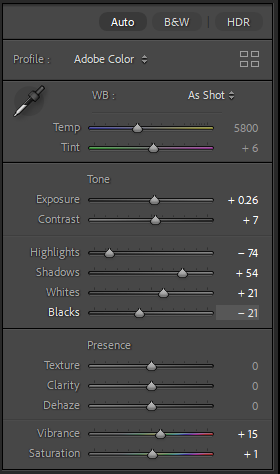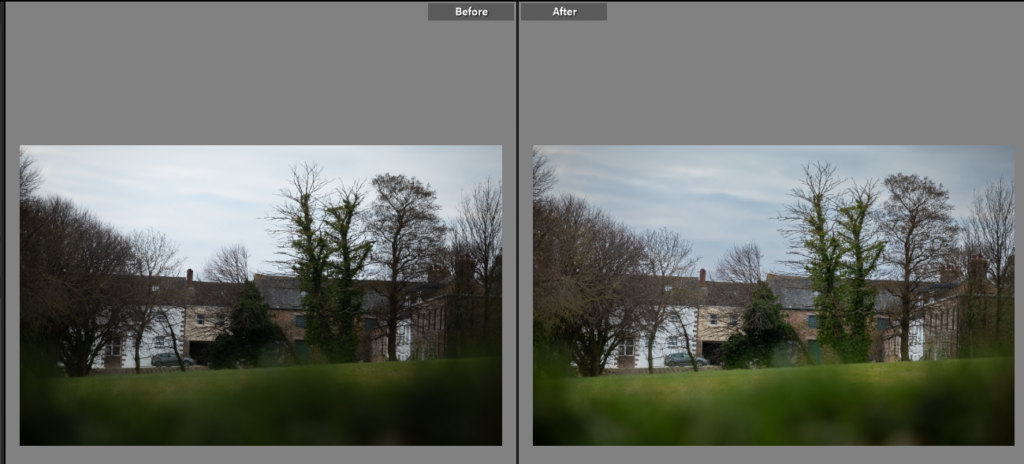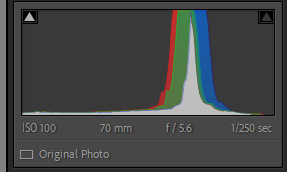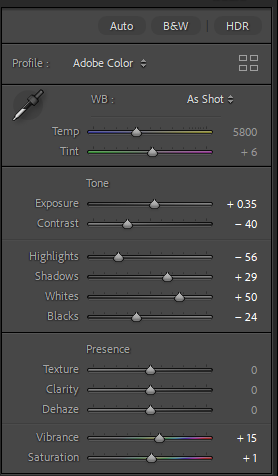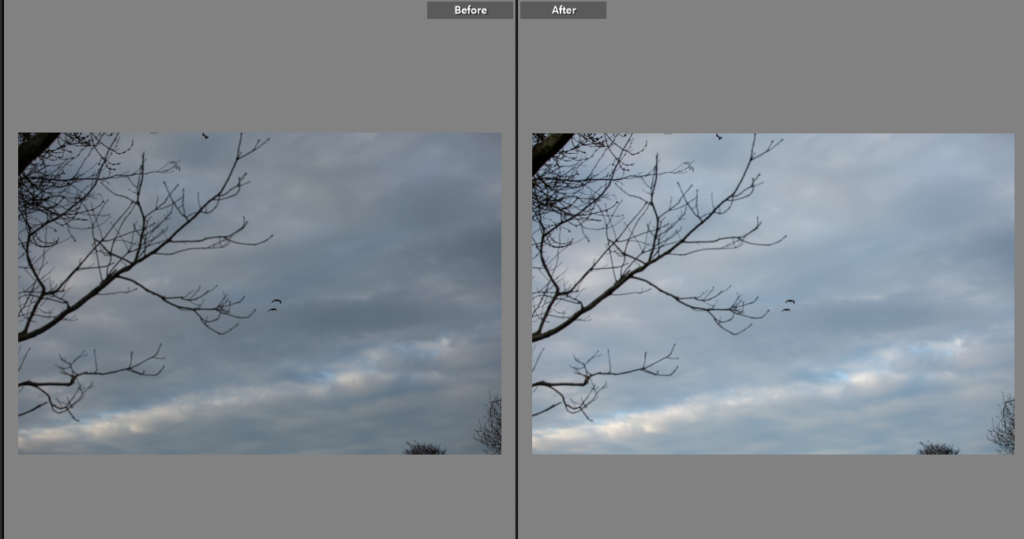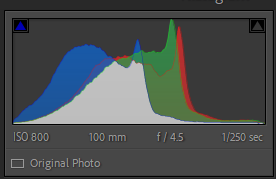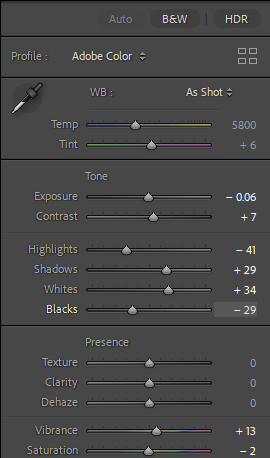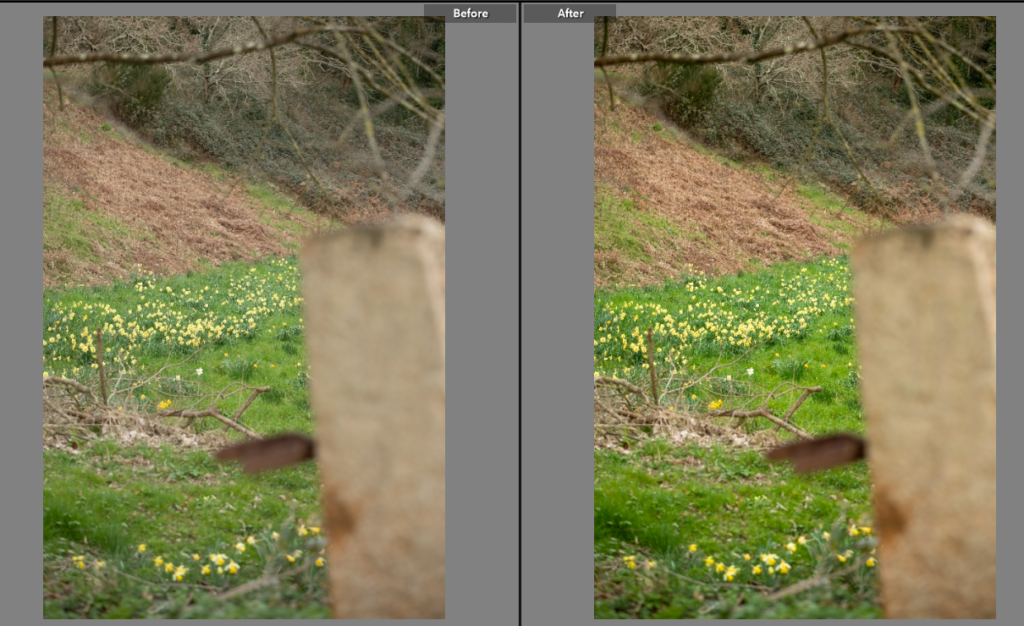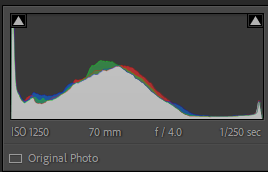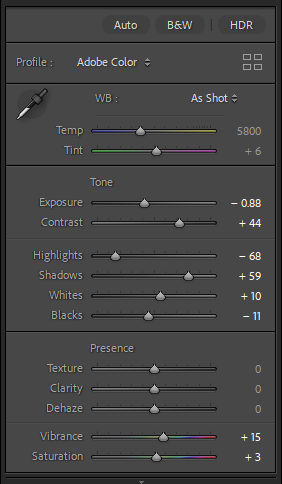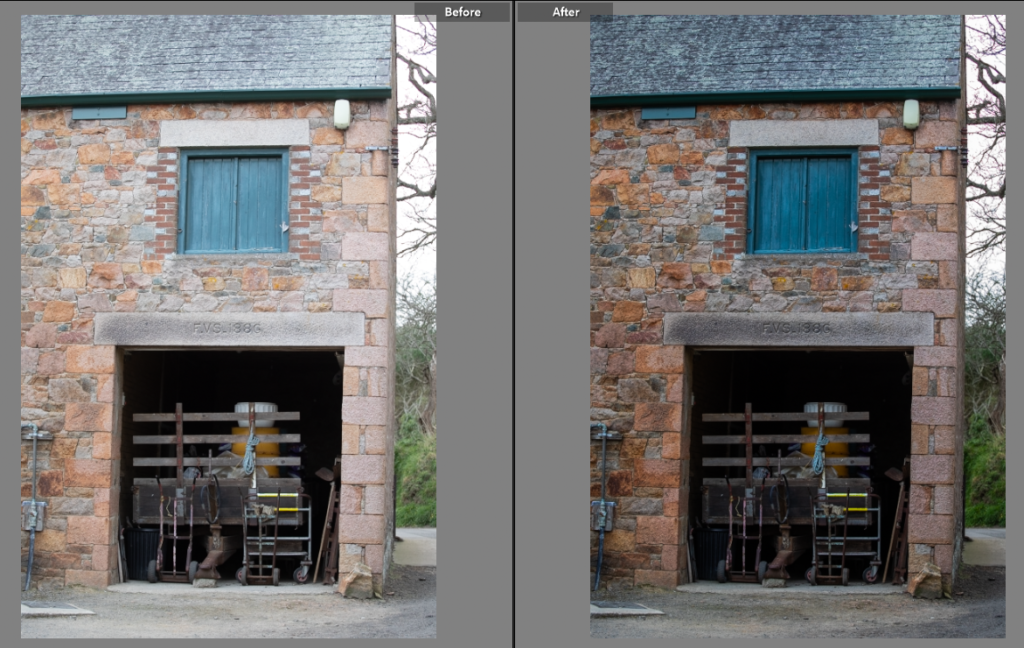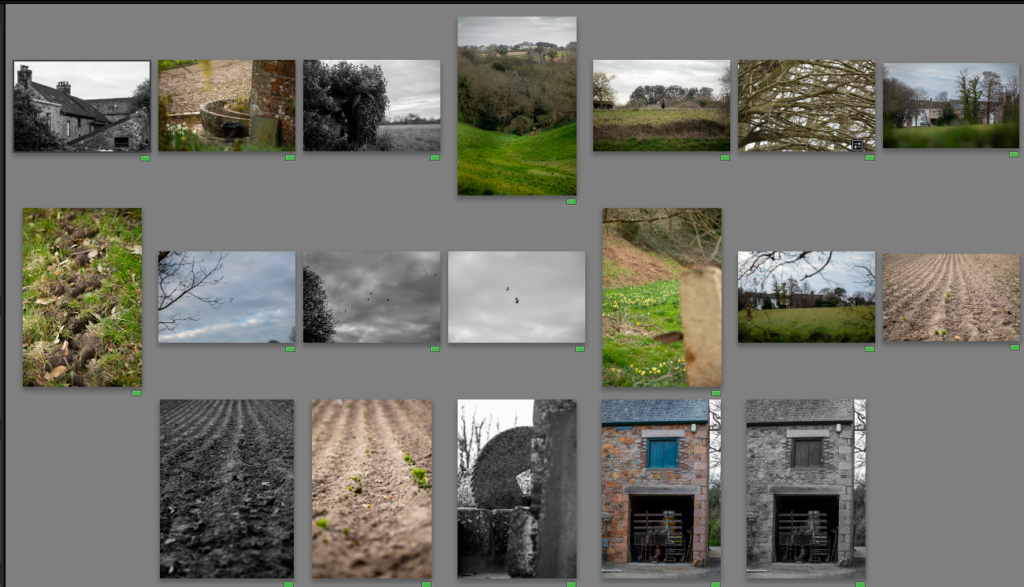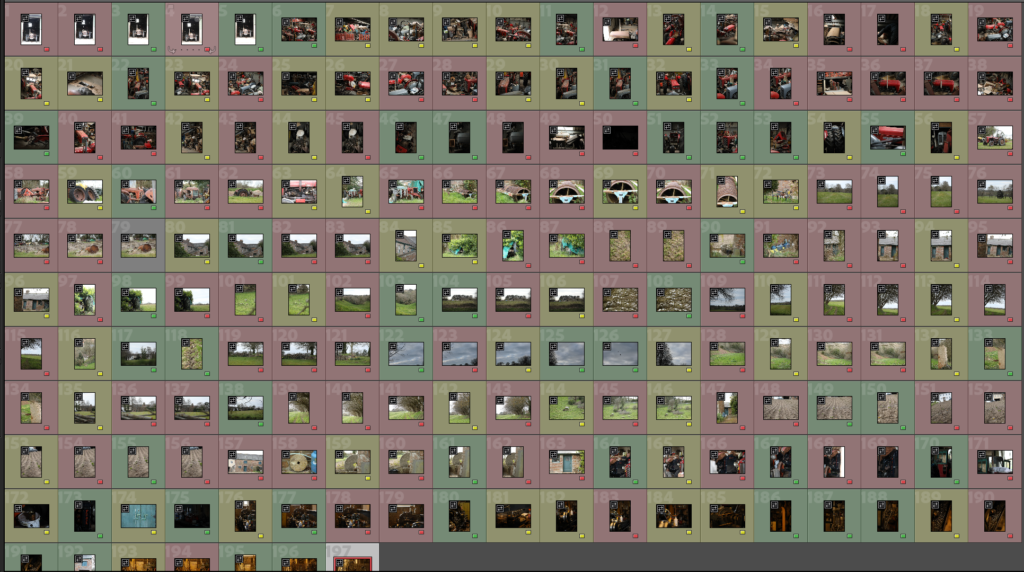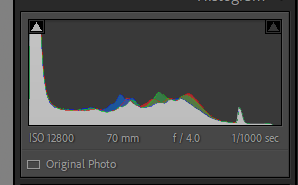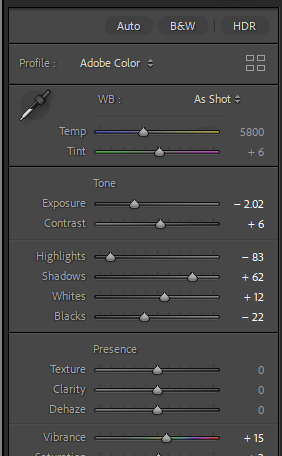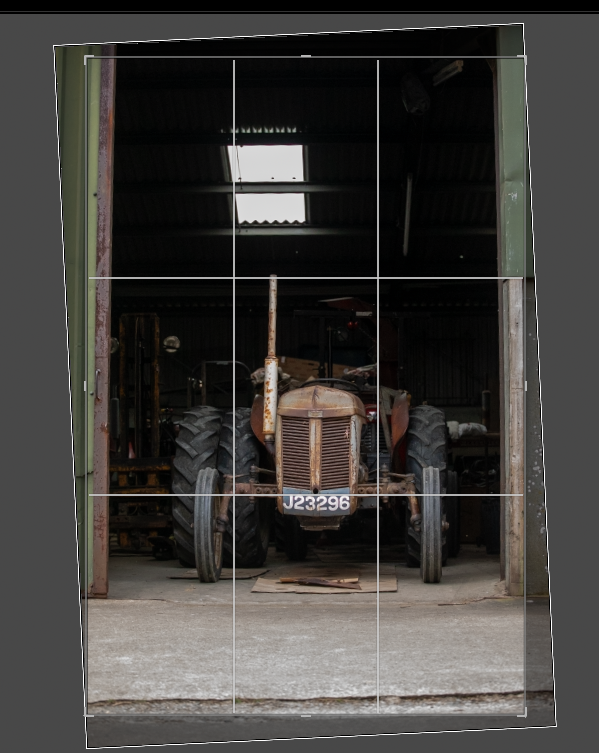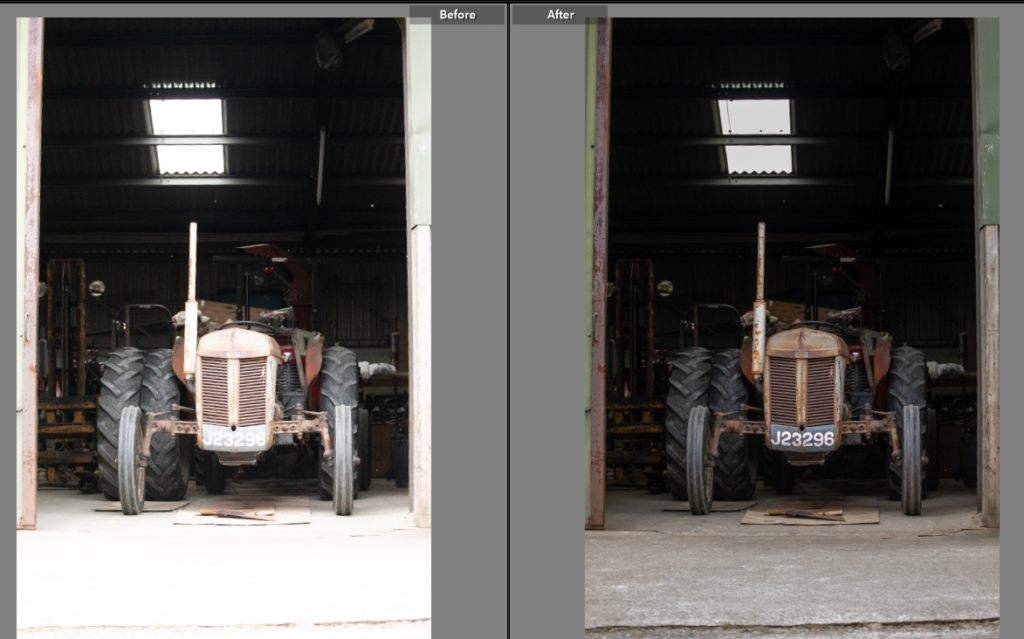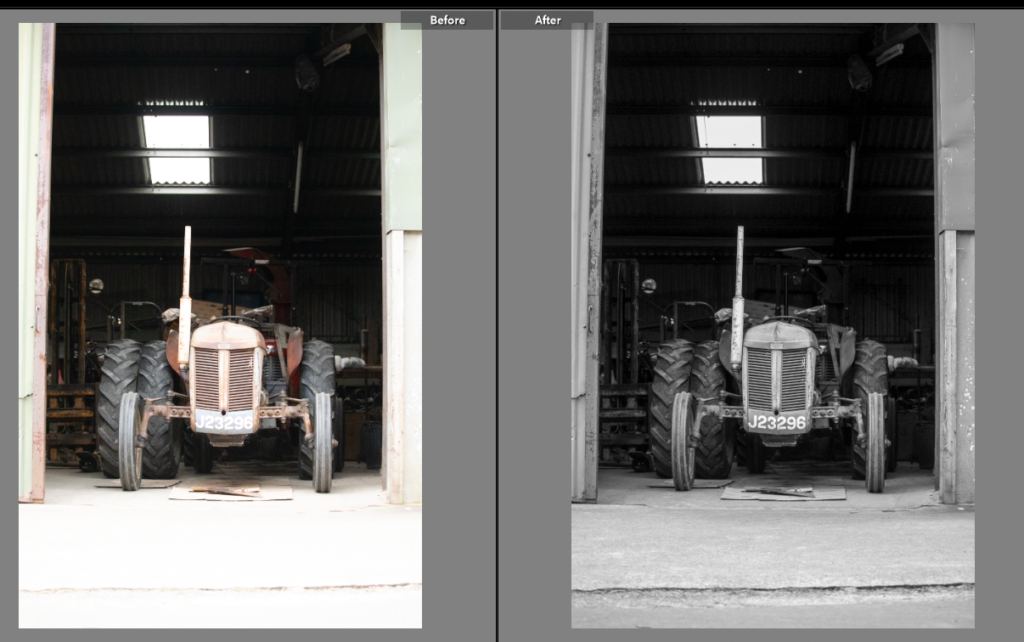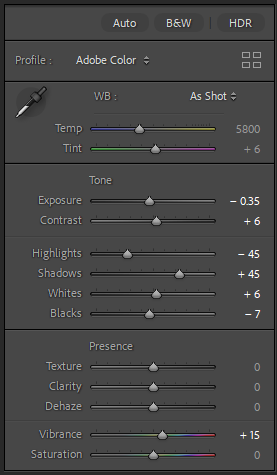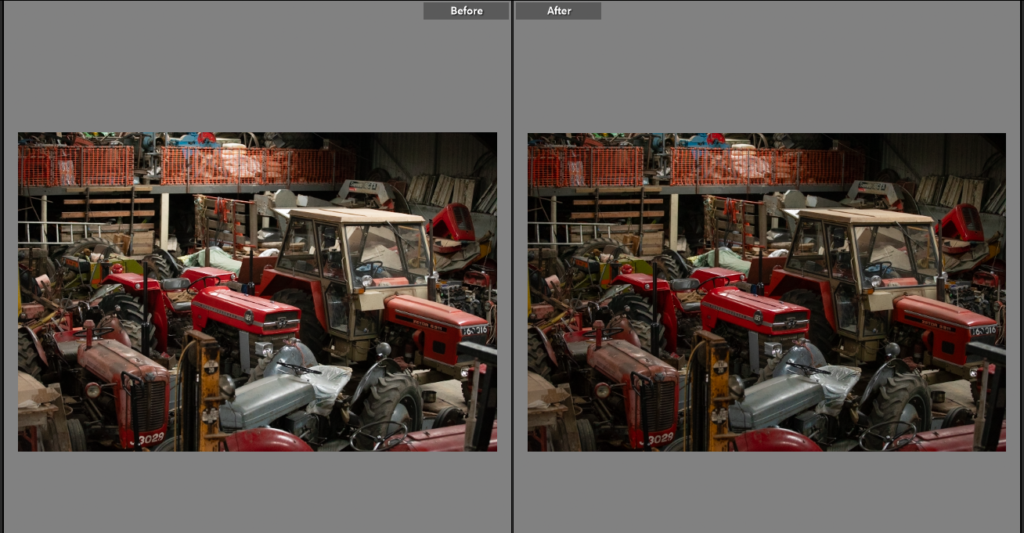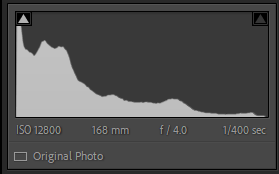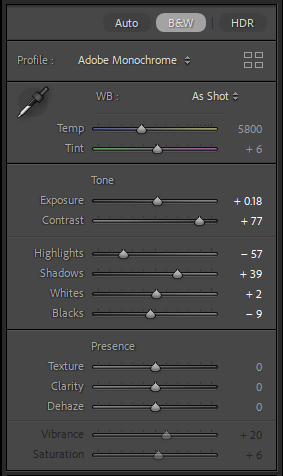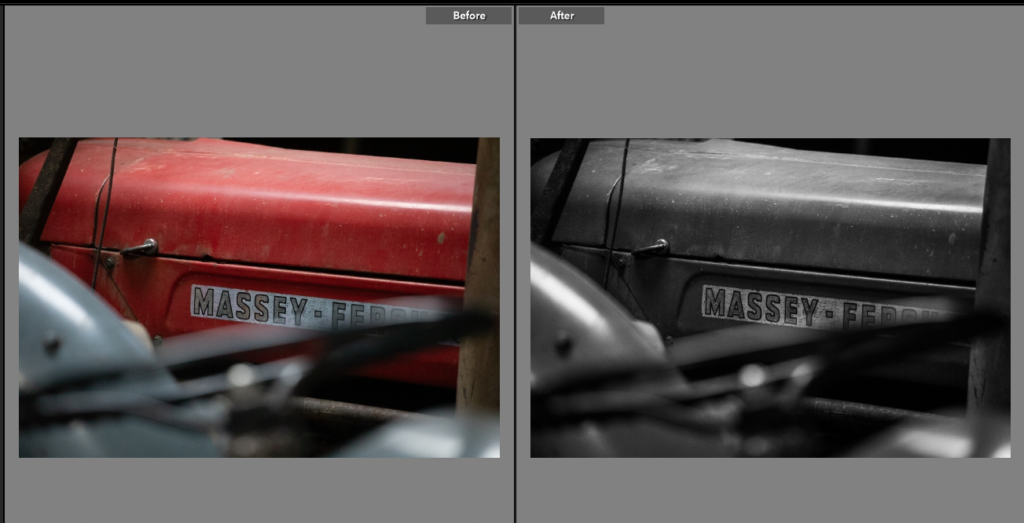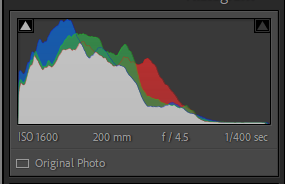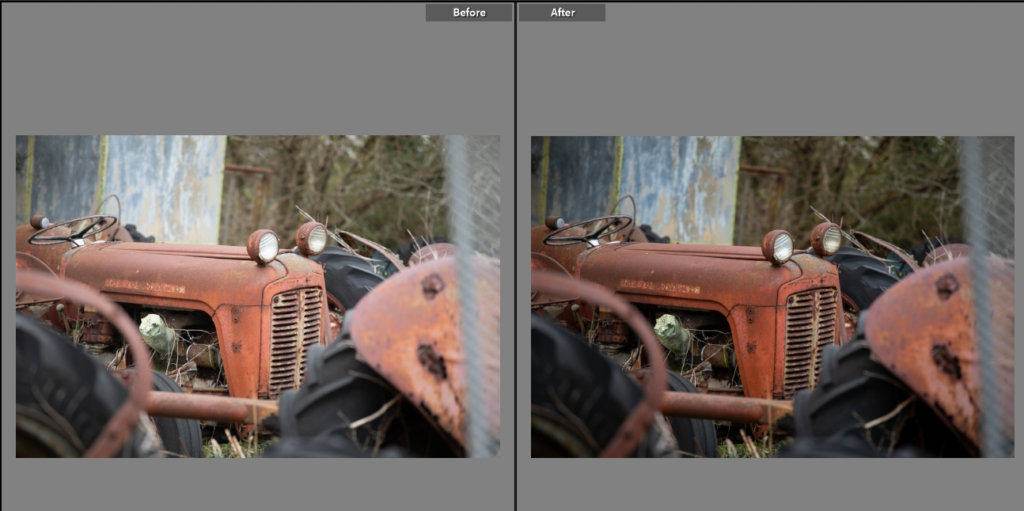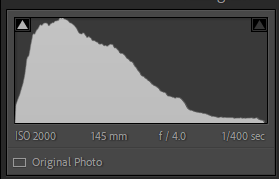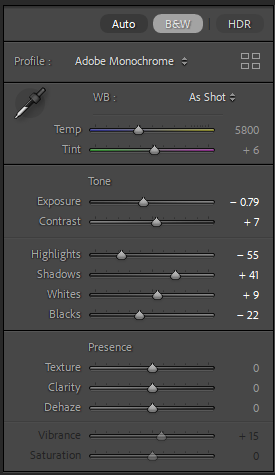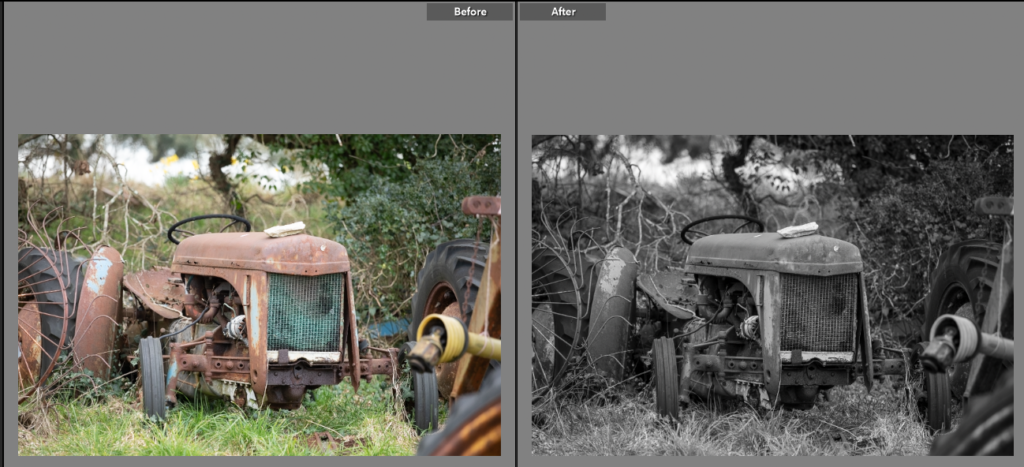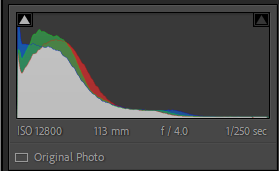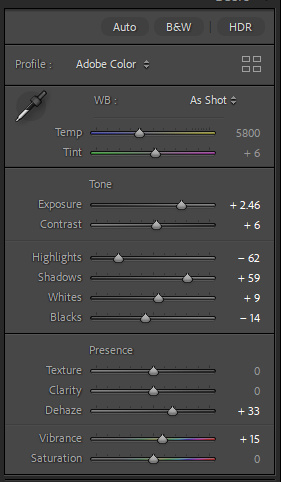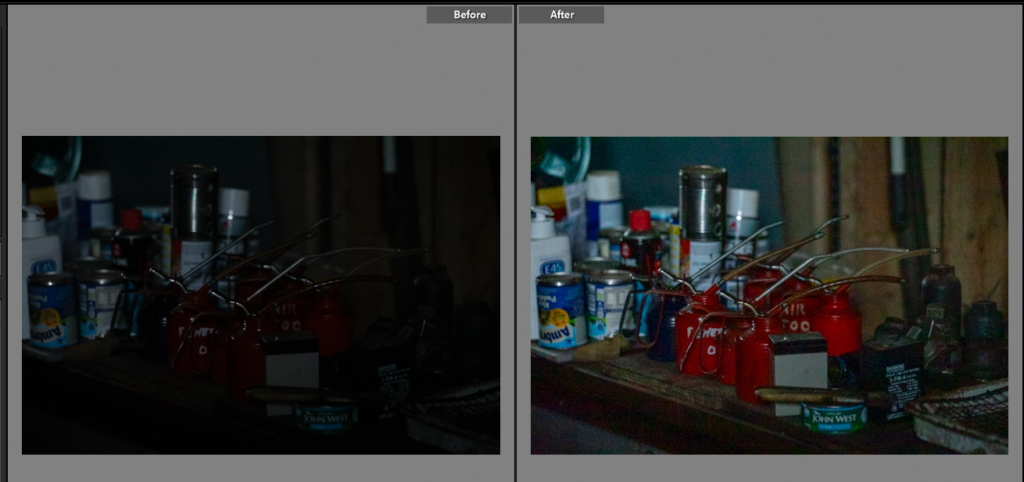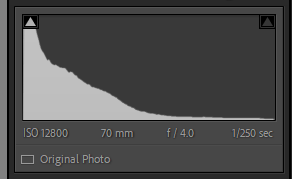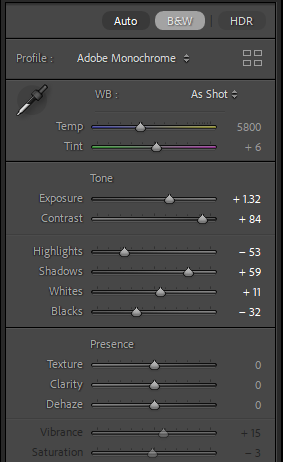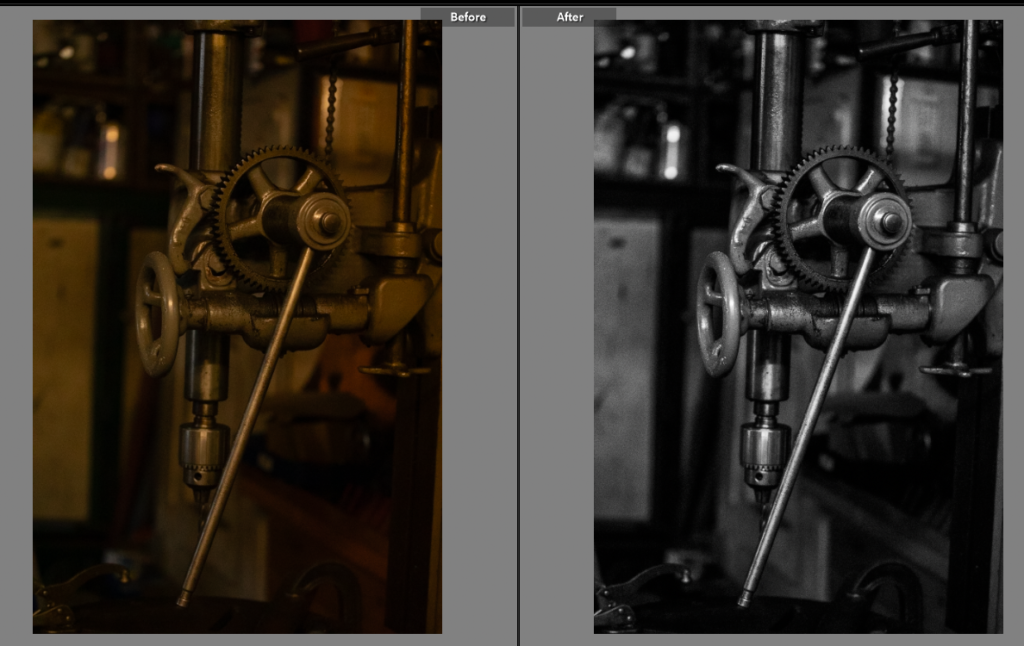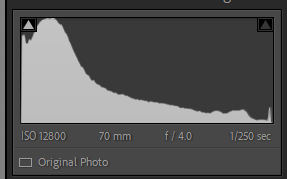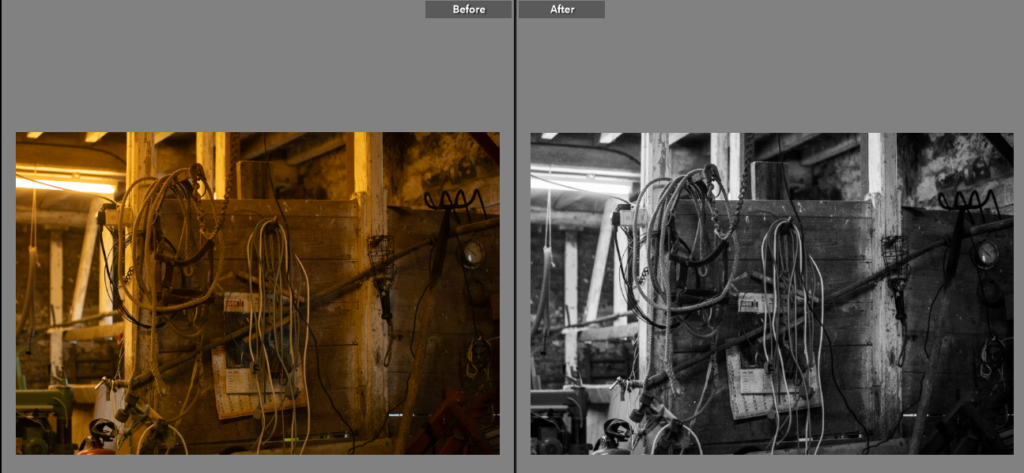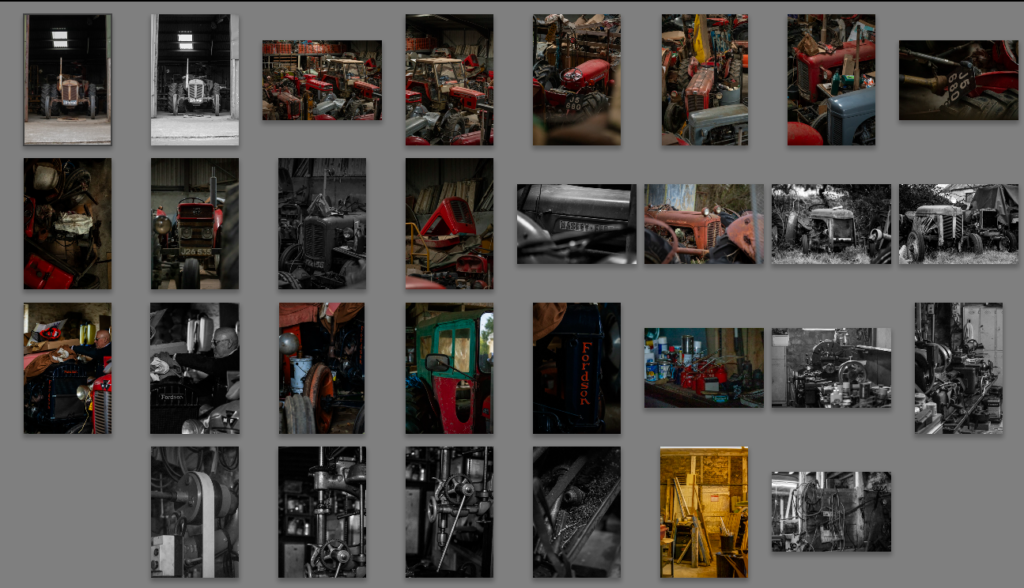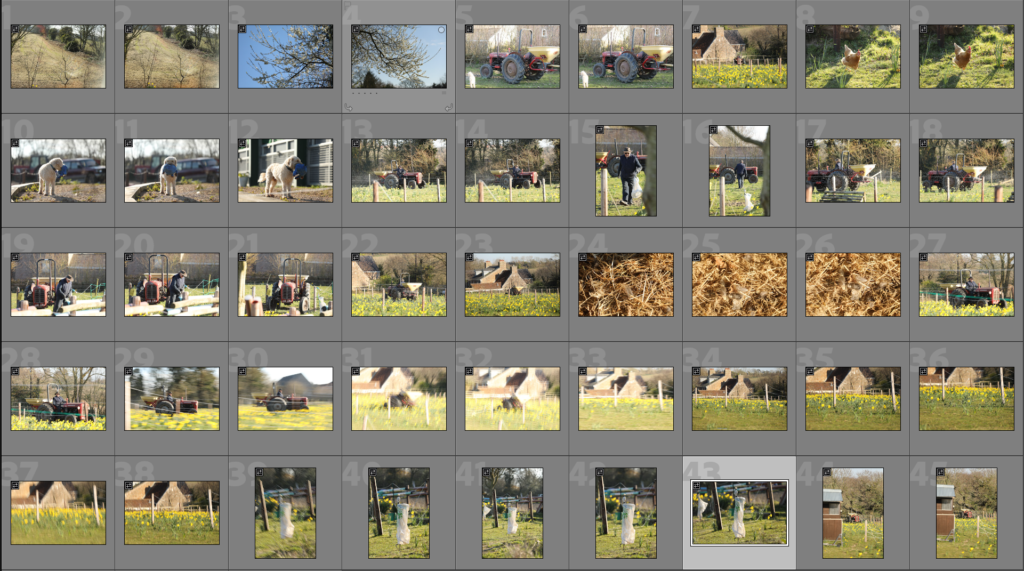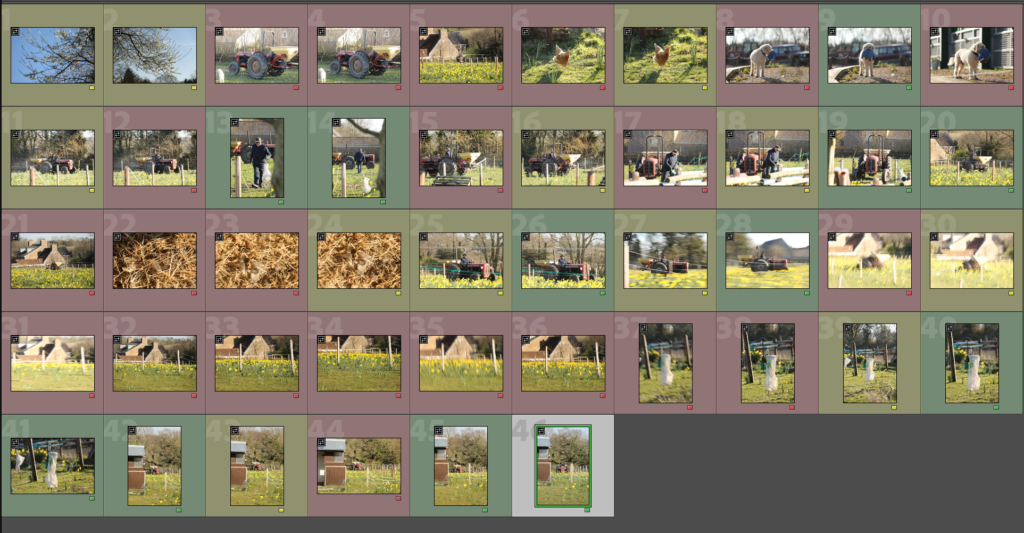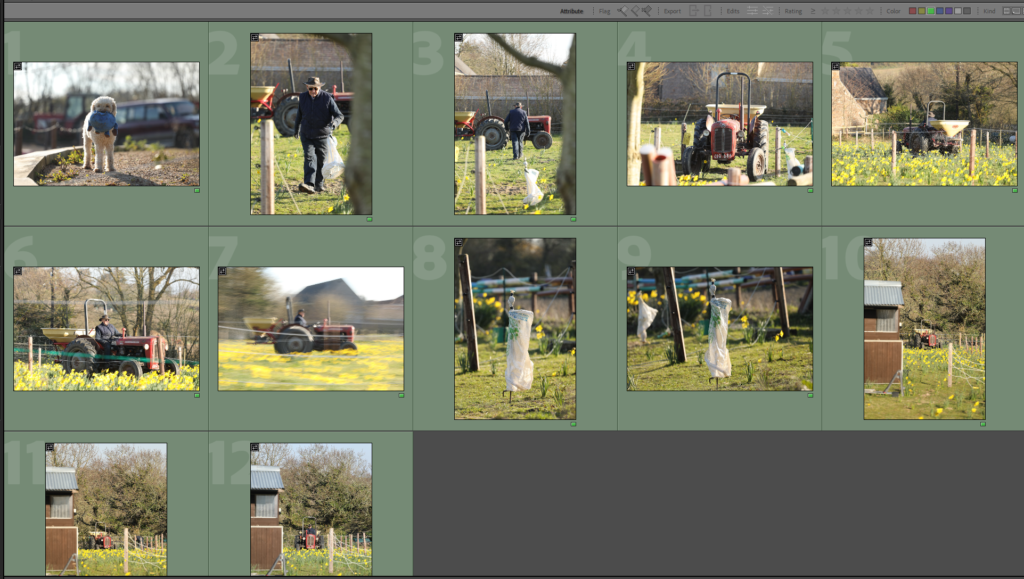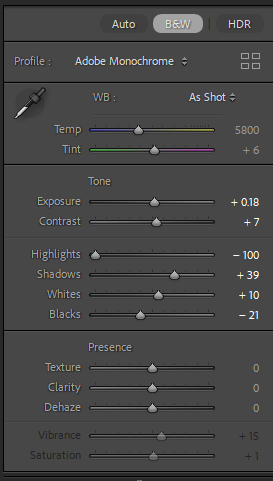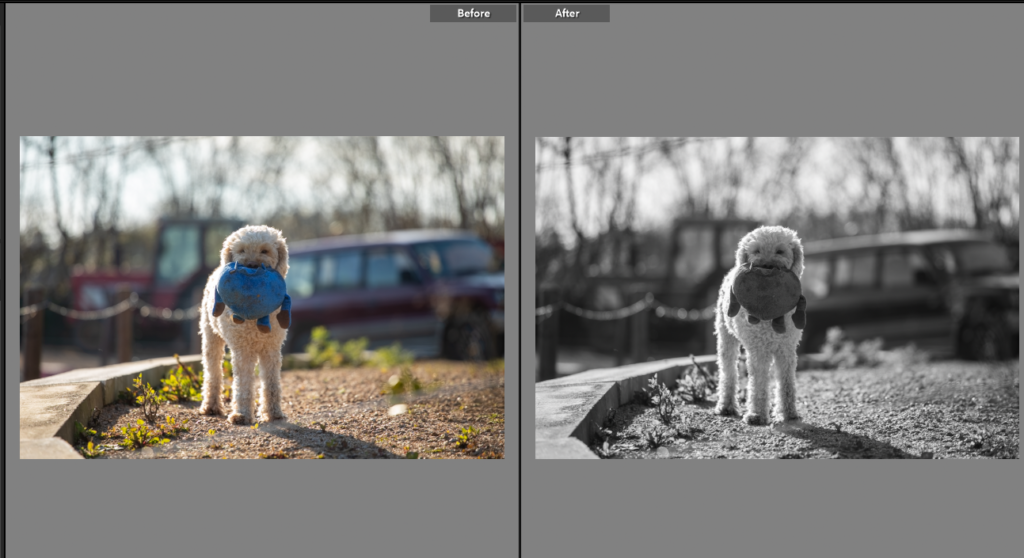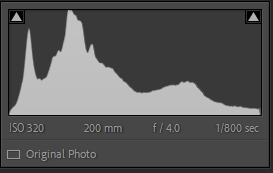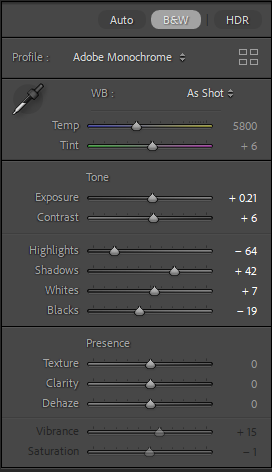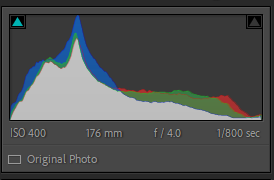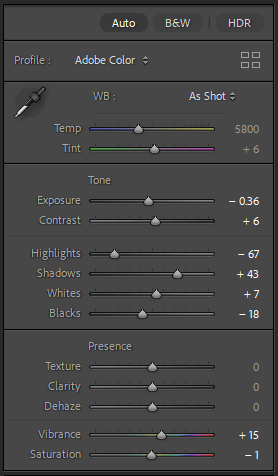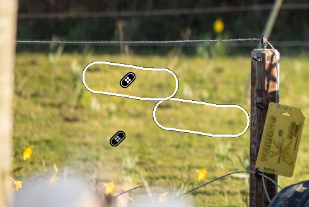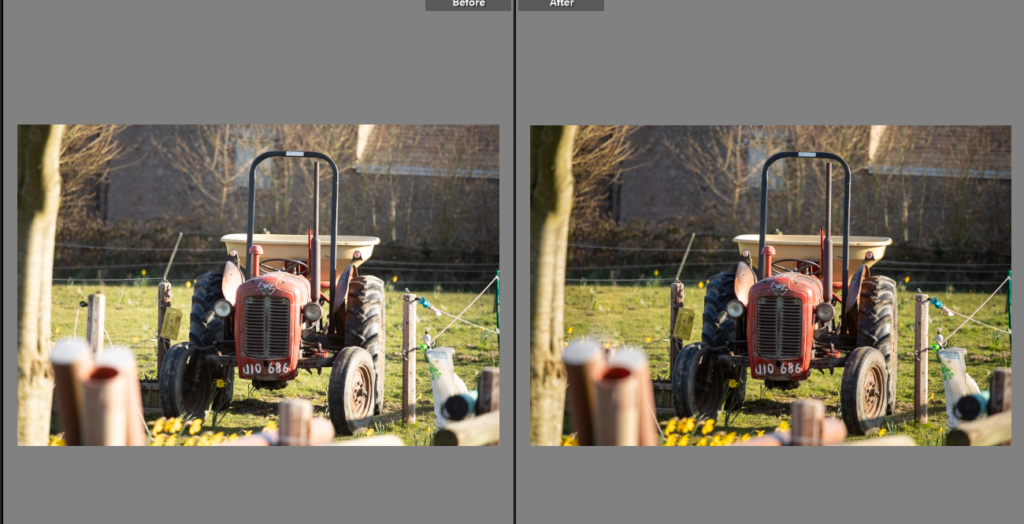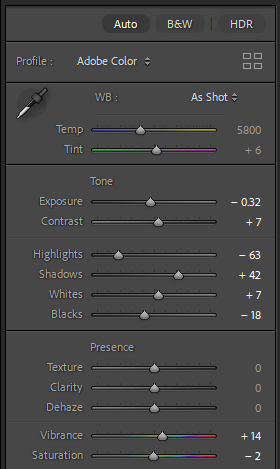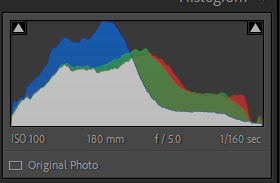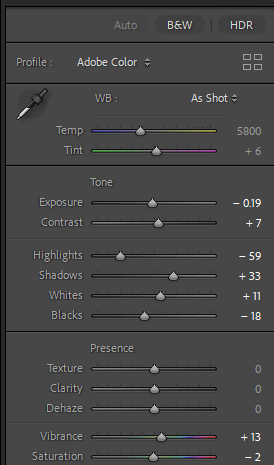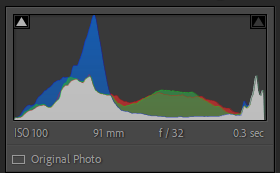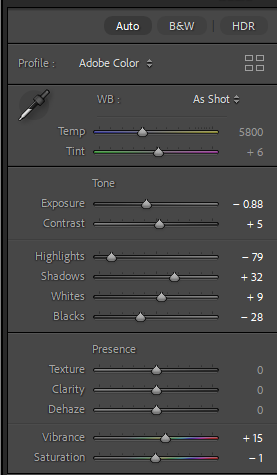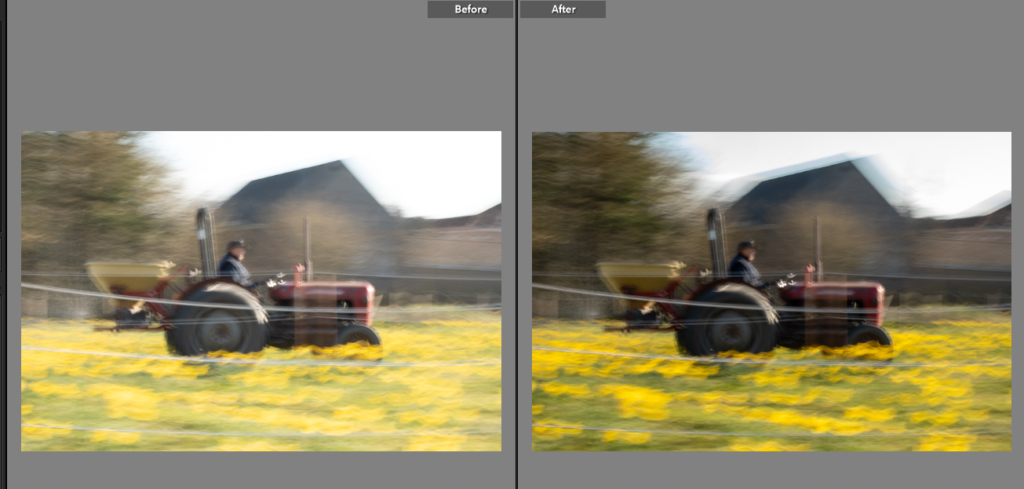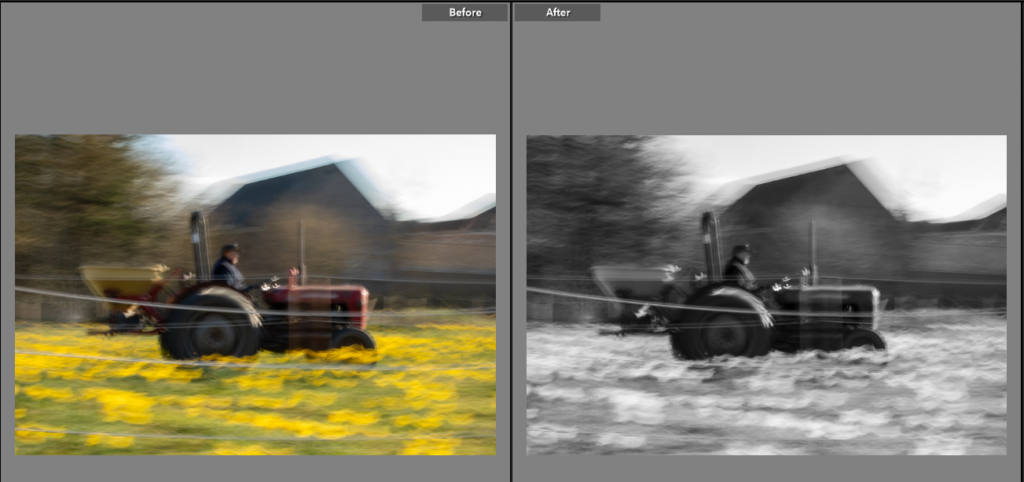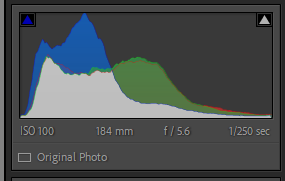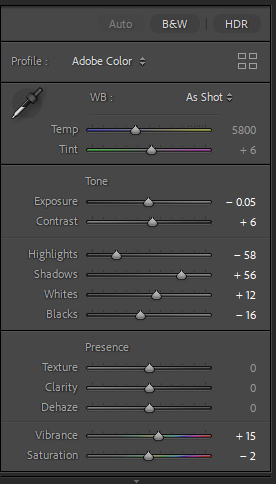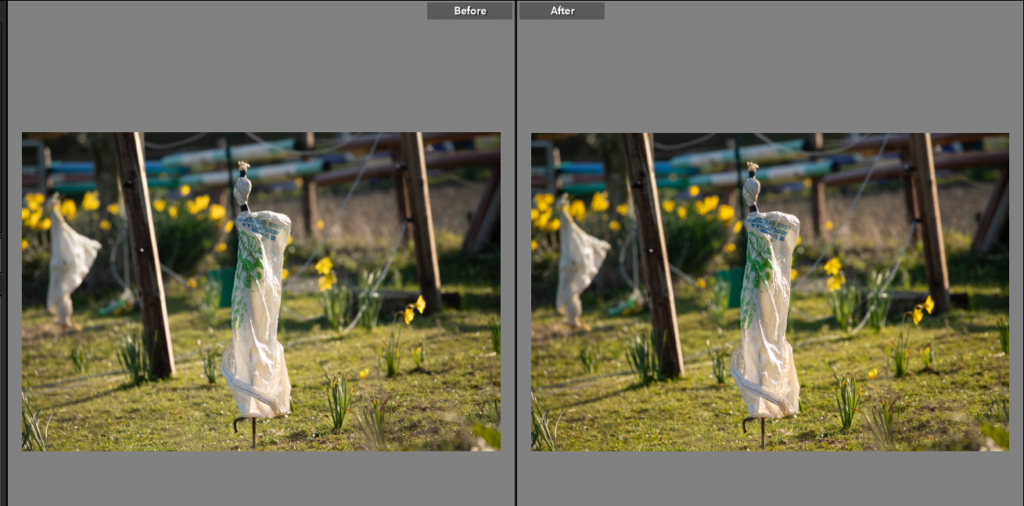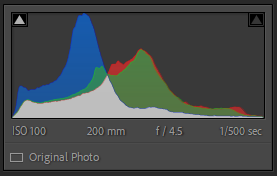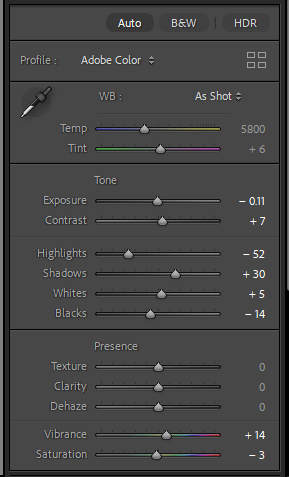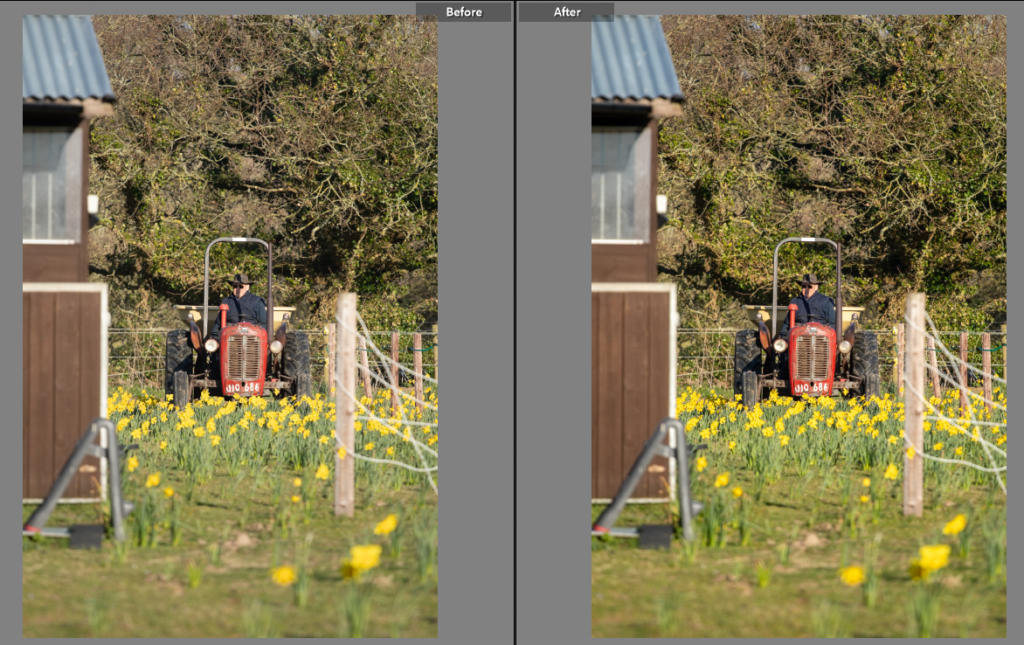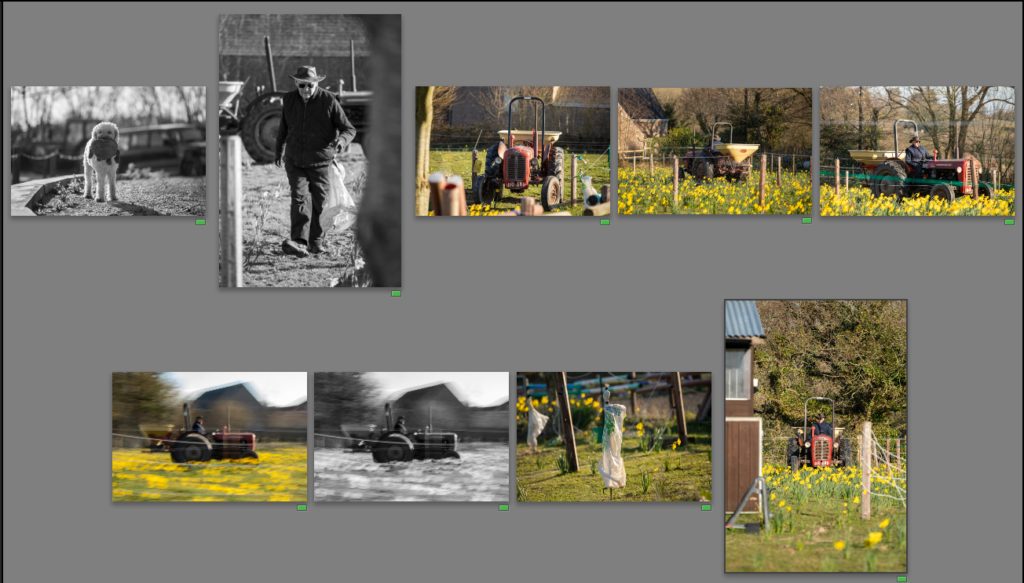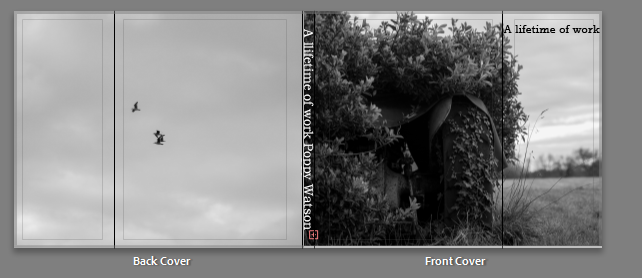
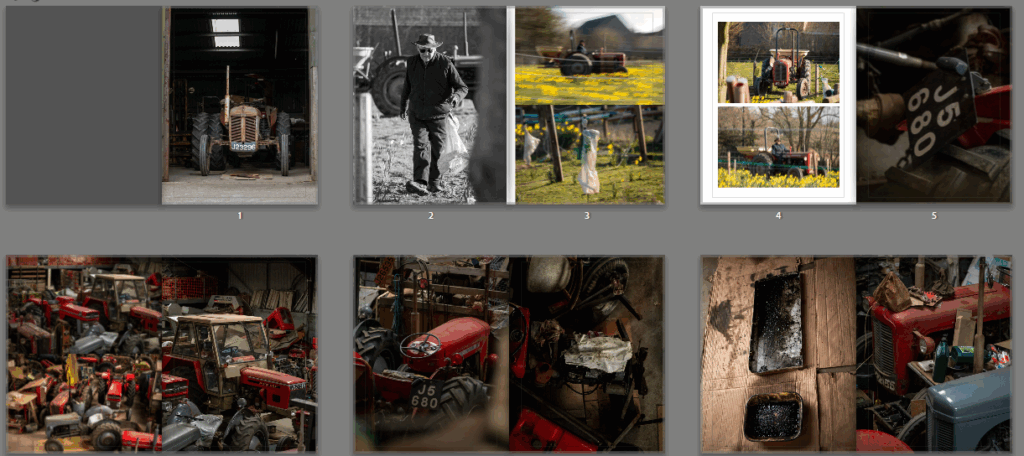
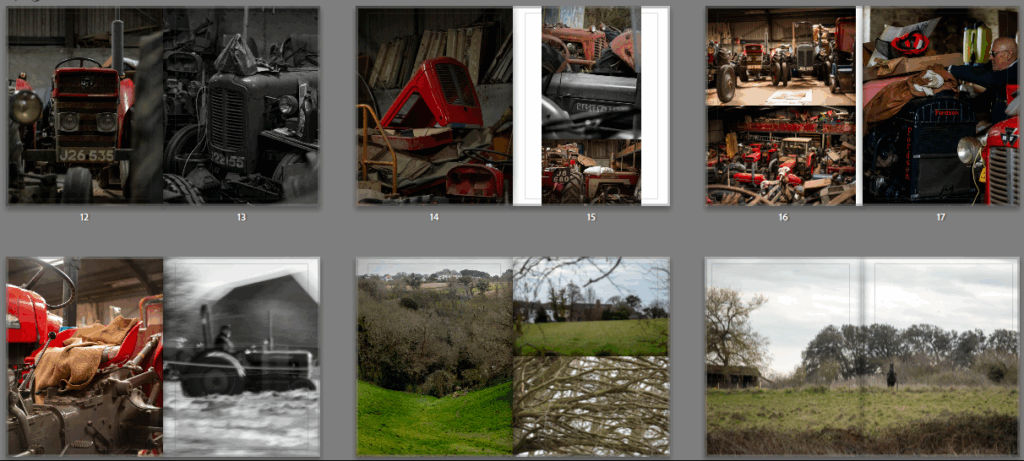
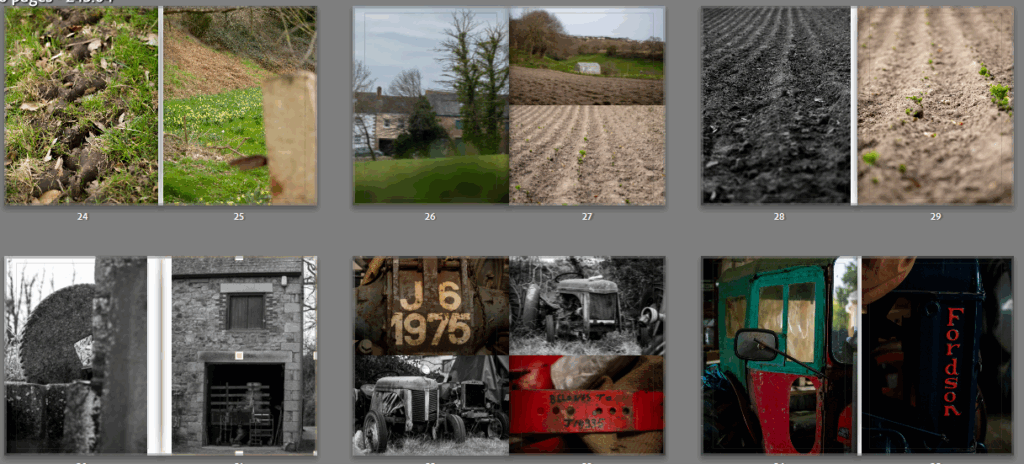
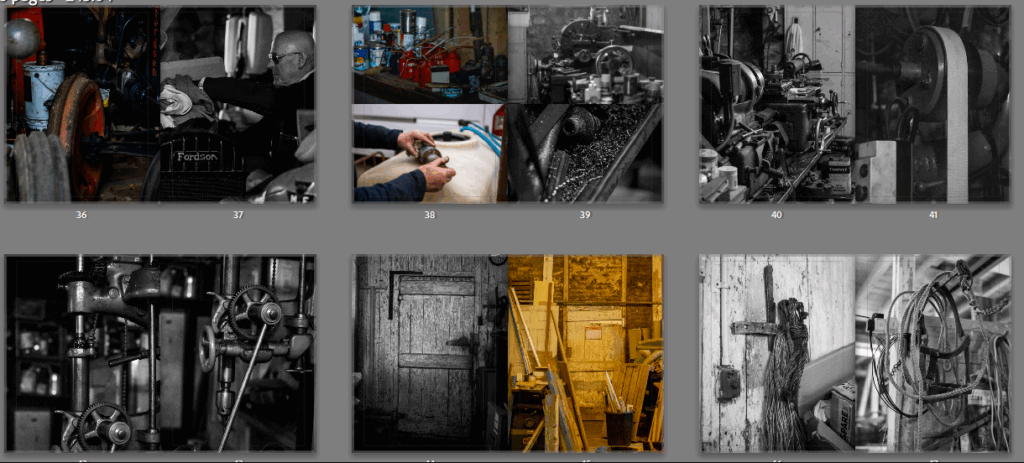
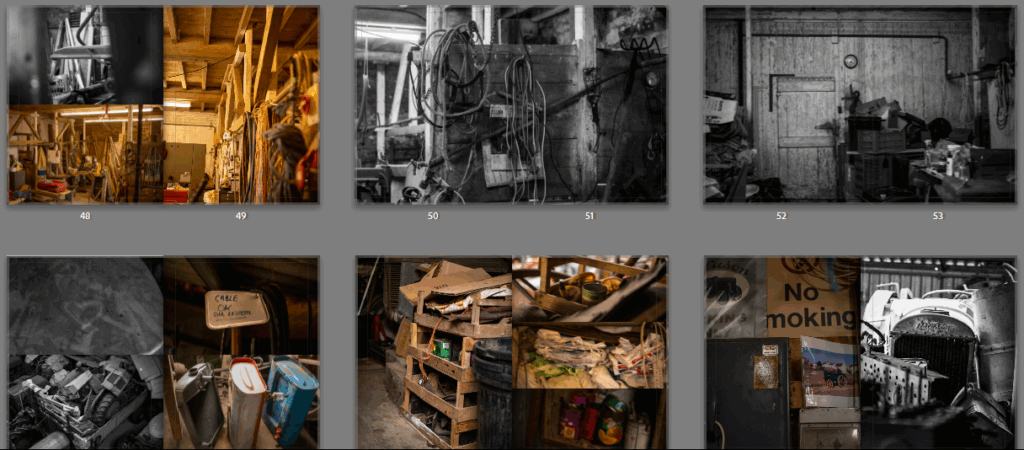
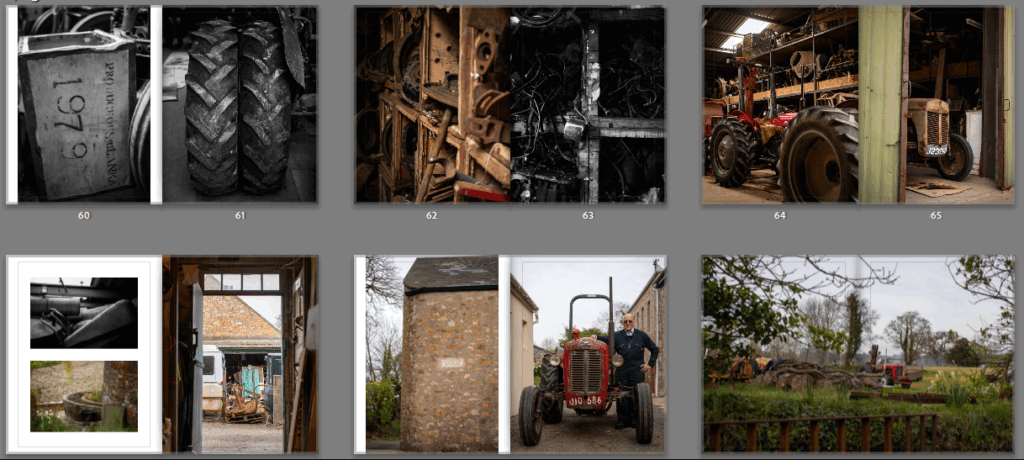

The Book
This is my final book, I went through multiple versions, some focusing on colours, some textures but I found they lacked the story. This final version highlights the finer details in the story, shown by different photos, different compositions and different non literal lenses. The theme union was the cause of this project, I wanted to show the connection, union, between man and the land. Farming is the best way to show this as it one of the biggest ways we interact with the land and do our best to maintain it. It is also essential to human life, without farmers there is no food. Within my project I focused on one farmer, Raoul who uses more traditional equipment and methods. The book is an end picture, a summary of this. I spent three days photographing him, his farm, the land and listening to his stories, learning to understand the land around us and how he works to work with it. When I started to edit the photos I split them into the different photoshoots, allowing me to see how I can tell his story through my photos. A huge part of Raoul is his Massey Fergusons so I started my book with Raoul working, this allow the viewer to understand the books point from a point of view of the public who have a rough idea of what farming is. I then went into the tractors, the farmers passion but also deeply involved in his lifestyle, this also allowed me to set up my consistent red mentions throughout the book. Once the viewer has understood a bit about the tractors, and got a sense for the more traditional style of them and therefore the traditional maintenance of them I went into photos of the land. From landscape photos with typical Jersey features like granite fence posts to rows of potatoes, one of Raoul’s main crops. This gives the viewer an insight into rugged Jersey landscape that Raoul works with. Going back to the tractors briefly then showing how they are maintained using a lifetimes worth of skills and knowledge as well as workshops full of tools. A lot of the workshop and tool photos are in black and white, this helps highlight the age and point out missed details, like the wood work shop being the old dairy. Or the wear to the wood panels, covered in tools and useful things. Raoul is a very organised person, as are many farmers who have to get the precise day to plant or the right mm to shave off a tractor part. I wanted to show this with his tractor parts, the way they are organised or labelled, adding smaller details like potato crates and old photos alongside his to add back a personal feel. The final pages of my book highlight the overall farm, the viewer, having seen an insight into the details now has a reflection of what they normally see to remind them just how little they might understand about farming. It was important to me that I added a few of the stories I was told at the end, stories that would otherwise be forgotten but hold important parts of history.
The Link To Union

Throughout the project I focused on how I could express the union of land and man. This photo is an example of how I captured it. With three layers, the foreground being farmed land, the middle being a greenhouse but on natural ground then the background being wild unkept looking trees and rugged grass. It looks like a simple photo but it holds many details and is important to the project, especially when paired with other photos.
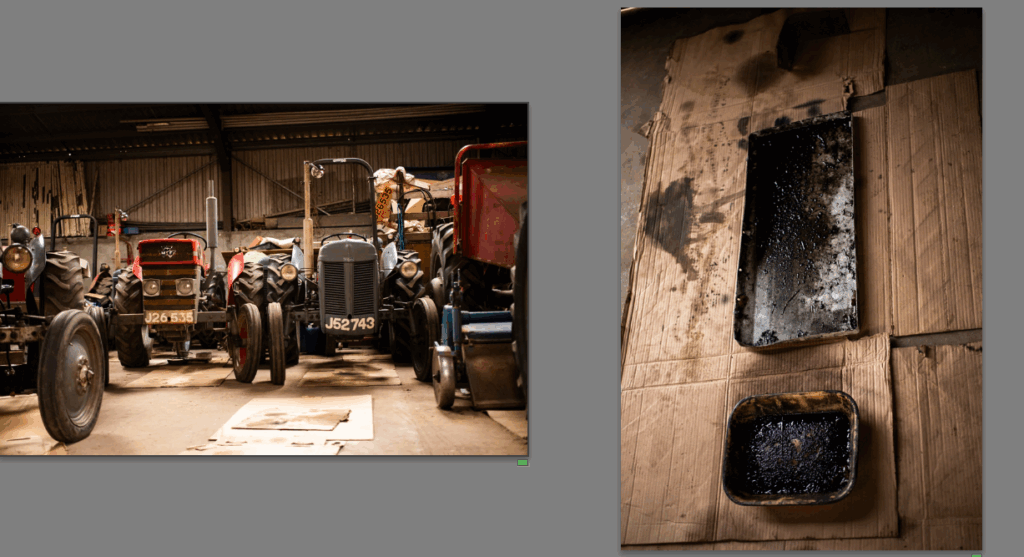
Another link I made to union, the union of man and machine for Raoul tractors are very important but they will always require a lot of work. I kept these two in colour because the carboard pulls to the two photos together, showing how they are linked.

Inspired by impressionism I created this photo. I liked the idea that it forces the viewer to see the connection between man and the land as the blur blends the two together. You can still see the differences but they are one.
Link To Research
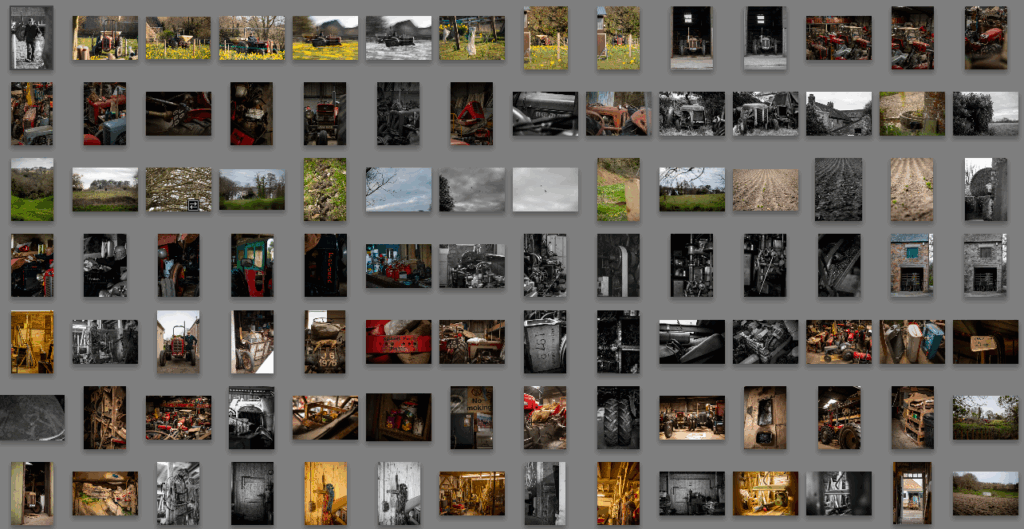
Alexander Mourant
Alexander Mourant and his ‘on Living stones and reaching’ project was my main inspiration behind this project. His blunt style capturing the simplicity of the details, but having heavily researched his work and the history behind it before completing the project. He also adds chunks of text to help the viewer understand his work. I liked the idea of explaining the photos and used it on my final book page to tell the viewer about details only I knew when looking back over certain photos. It has helped add a connection to the book for the viewer as they can read about the smaller details, why that photo was taken and the significance it has.
Claude Monet
Claude Monet was also a large inspiration behind the project with his work during the impressionist movement. Monet used bight colours and blurred lines, I used high contrast black and white, motion blur and the colour red as a theme throughout. Having researched Monet’s work I understood the impact of colour and ‘expression’ rather than just technically good work. This has helped draw an authentic feel to the book and make the images powerful with bright colour and high contrast, forcing the viewer to look.
FOR EVERY MINUTE YOU ARE ANGRY YOU LOSE SIXTY SECONDS OF HAPPINESS- Julian Germain
This book was what I researched and based my book style on, while it is two different subjects and content. I used the same idea, pairing images, continuous important details throughout, in Germain’s book it was flowers and bright colours in mine it was Massey Fergusons, the colour red and potatoes. It helps keep the viewer focused on the true book subject and not just look at the photos, keeping the narrative alive. Germain also used a simple cover, featuring the continuous themes, which I liked the idea of but used my own version obscuring it slightly with the tractor being over grown.

